A wooden bathroom vanity is more than a functional item in your home. It's a statement about style, quality, and craft. But, with the wrong building approach, the most beautiful of vanities can become warped, cracked, or shrunk after a while. So, one way to fight against these things is to use cross-grain construction. Read on if you've been wondering how it works and why it matters. We're dissecting it all in this rundown.
What Is the Cross-Grain Construction?
Cross-grain construction Cross-grain is a building technique in which pieces of wood are made so that one grain runs crosswise to the other, typically at a right angle. This reduces the propensity of solid timber to swell, shrink, or warp in response to temperature or humidity changes.
It is a method often used in the building of furniture or cabinets, like bathroom vanities, where wetness is always a possibility. By using cross-grain techniques, producers can provide flat and solid products for life.
What makes this construction method so special for bathroom vanities, which are excellent wood ones? To find out, we must examine the link between the factors that cause wood to warp.
Why Does Wood Warp?
Wood is a natural material; like anything organic, it reacts to its environment. This is particularly true of solid wood, which contains tiny cells that can absorb or release moisture depending on the surrounding humidity levels. Here are some common reasons wood warps:
· Humidity Swings: Wood contracts in dry conditions and expands in high humidity. Over time, these movements can create visible warping or cracking.
· Improper Drying: If the wood isn't dried correctly during production, stress points can form, leading to uneven expansion or contraction.
· Temperature Variations: Consistent temperature fluctuations can cause wood fibers to twist or bend.
· Water Exposure: Bathrooms are high-moisture areas, making vanities particularly vulnerable to water damage.
This natural behavior of wood makes cross-grain construction essential for bathroom furniture. Without it, your solid wood bathroom vanity could become susceptible to warping, affecting its function and appearance.
The Science Behind Cross-Grain Construction
To get a clearer picture, it's helpful to understand the science of how cross-grain construction works.
Wood grain refers to the lines and patterns visible on the surface of the wood, which run along the direction of its fibers. These fibers are strongest when their orientation remains consistent with the wood's structure. However, when all fibers run in the same direction and the wood absorbs moisture unevenly (which happens naturally), it results in warping or bowing.
Cross-grain construction solves this problem by layering wood pieces at opposing angles. Because the grain direction alternates, any expansion or contraction cancels out across the layers. This stabilizes the structure and minimizes the physical changes that lead to warping.
Here's an example of how this works in practice:
· If one layer expands along its length due to humidity, the perpendicular layer resists that movement, keeping the structure intact.
· The compression and tension forces balance each other, maintaining the vanity's original shape.
This clever but simple method makes cross-grain construction a go-to choice for Wellfor and other brands dedicated to producing high-quality solid wood bathroom vanities.

Benefits of Cross-Grain Construction for Solid Wood Bathroom Vanities
1. Prevents Warping and Cracking
Cross-grain construction's main advantage is straightforward—it keeps your solid wood bathroom vanity looking clean, sharp, and sturdy. By resisting shape changes caused by moisture and temperature fluctuations, your vanity stays exactly as you envisioned, even after years of use.
2. Enhances Durability
A warped or cracked vanity isn't just unsightly and compromises the piece's structural integrity. Poorly built vanities may sag, break, or lose the ability to hold heavy sinks or countertops. Cross-grain construction prevents these problems, strengthening your vanity to withstand daily wear and tear.
3. Better Resistance to Bathroom Conditions
Bathrooms see a lot of moisture from steamy showers, spilling water, and high humidity levels. Cross-grain construction ensures that your solid wood bathroom vanity is built to withstand these harsh conditions, ensuring its long life.
4. Improves Longevity
A properly constructed vanity is an investment that pays off over time. Cross-grain construction extends the lifespan of your bathroom vanity, making it a wise choice for those who want both beauty and reliability.
5. Maintains Aesthetic Appeal
Even slight warping can ruin a bathroom vanity's polished and professional look. Cross-grain construction makes the design elegant and seamless, no matter the challenging environmental conditions.
How Cross-Grain Construction Enhances Bathroom Vanities by Wellfor
When shopping for a solid wood bathroom vanity, you want to make a choice you won’t regret. Wellfor takes the challenges of bathroom environments seriously, which is why we incorporate cross-grain construction across our wide selection of vanities.
Some key features you’ll find in Wellfor vanities include:
· Superior Craftsmanship: Each piece is built with meticulous attention to detail, combining functionality and style.
· Moisture-Resistant Materials: Wellfor vanities use treated solid wood to add an extra layer of protection.
· Timeless Designs: Whether you’re drawn to sleek, modern lines or classic, rustic finishes, there’s a Wellfor vanity for you.
By investing in one of these vanities, you’re not only upgrading your bathroom’s aesthetic but also making a choice that stands the test of time.
What to Look for When Choosing a Solid Wood Bathroom Vanity
When shopping for a vanity, especially one that will thrive in a bathroom environment, here are a few things to keep in mind:
1. Construction Method
Always ask if the vanity uses cross-grain construction. This simple feature makes a world of difference in the piece’s durability and performance.
2. Quality of Wood
Look for materials like oak, maple, or birch. Solid wood is more durable than particleboard or MDF, and its natural grain patterns add character to your bathroom.
3. Finish and Coating
A solid wood bathroom vanity should have a high-quality finish or sealant to protect it from water damage.
4. Style and Functionality
Ensure the vanity you choose aligns with your bathroom’s design while meeting your storage needs.
5. Brand Reputation
Go with brands known for quality craftsmanship, like Wellfor, to guarantee your investment is worthwhile.
Caring for Your Solid Wood Bathroom Vanity
Even with cross-grain construction, proper care ensures that your vanity stays in top shape. Follow these tips to maximize its lifespan:
· Wipe up water spills as soon as possible to prevent pooling.
· Use a dehumidifier in your bathroom if humidity is consistently high.
· Clean the vanity with a damp cloth and mild soap to maintain its finish.
· Avoid using harsh chemicals or abrasive cleaners that can damage the wood.
By taking these steps, you’re ensuring the beauty and functionality of your bathroom vanity for years to come.
Final Thoughts
A solid wood bathroom vanity is a statement piece, combining form and function in a way that enhances your home. However, durability is key when it comes to this high-moisture environment. Cross-grain construction offers a simple yet highly effective solution to keep your vanity warp-free and beautiful for years.
When choosing a vanity, consider reputable brands that prioritize quality craftsmanship, like Wellfor. With a blend of modern techniques and timeless materials, Wellfor’s cross-grain solid wood vanities are built for homes that value both style and substance.

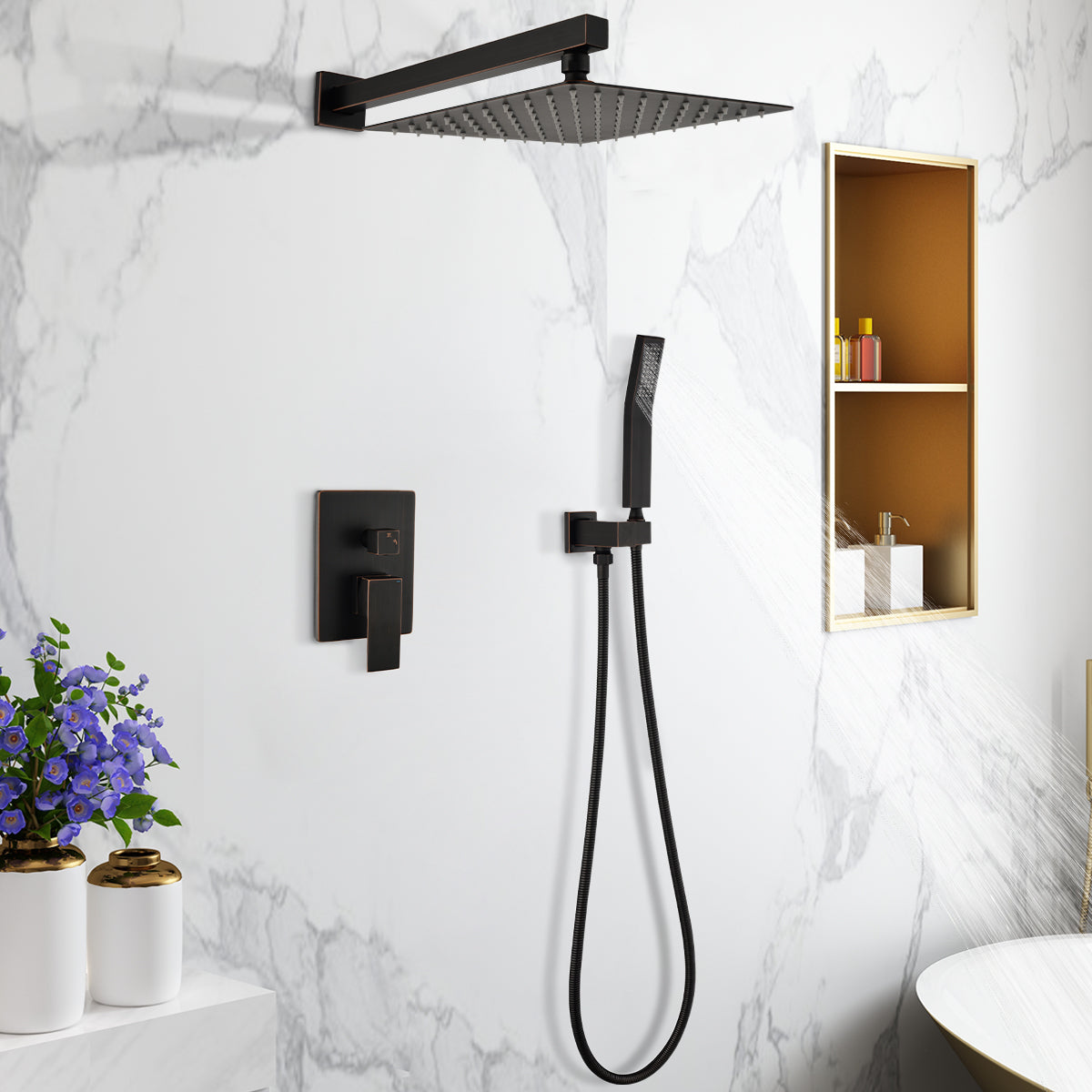
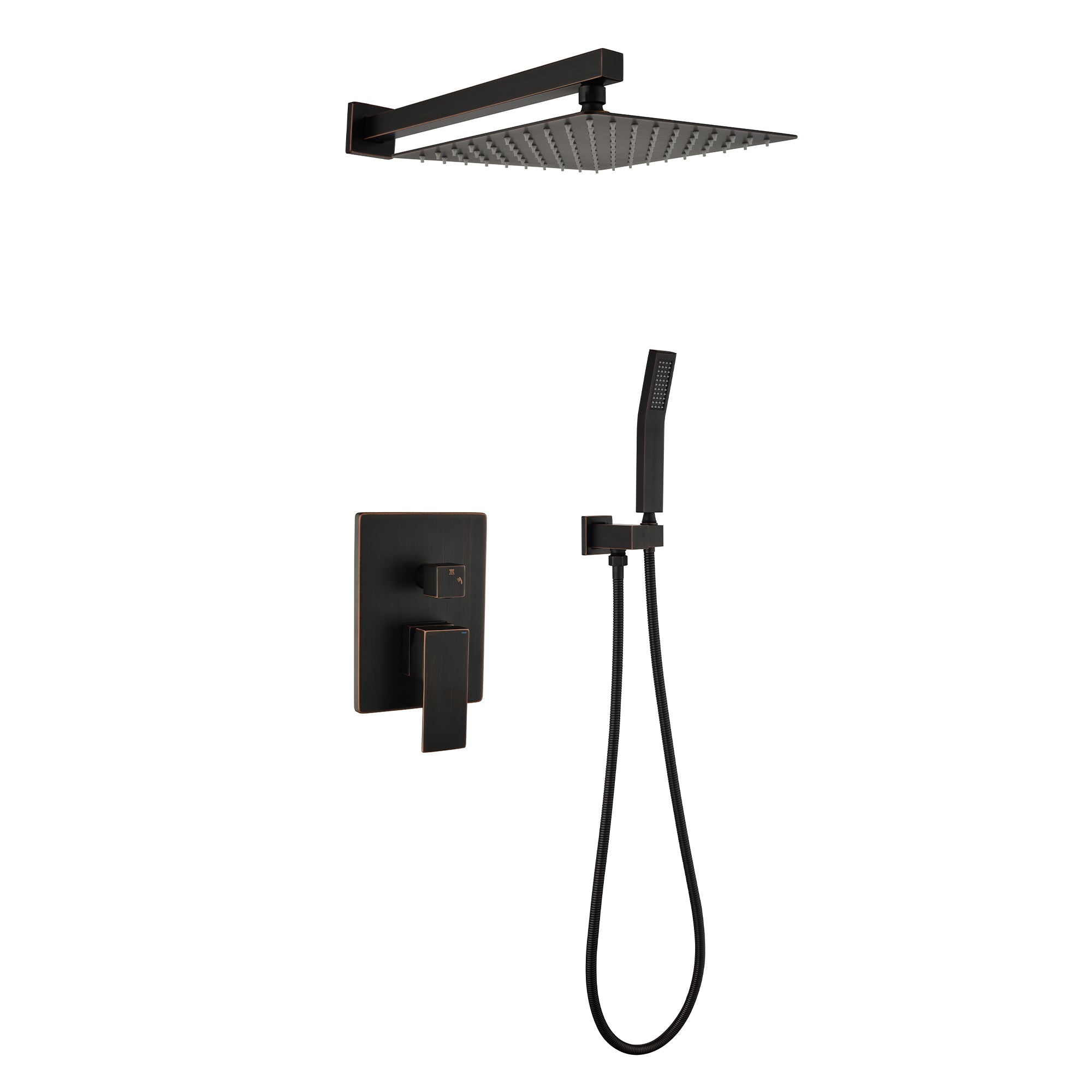


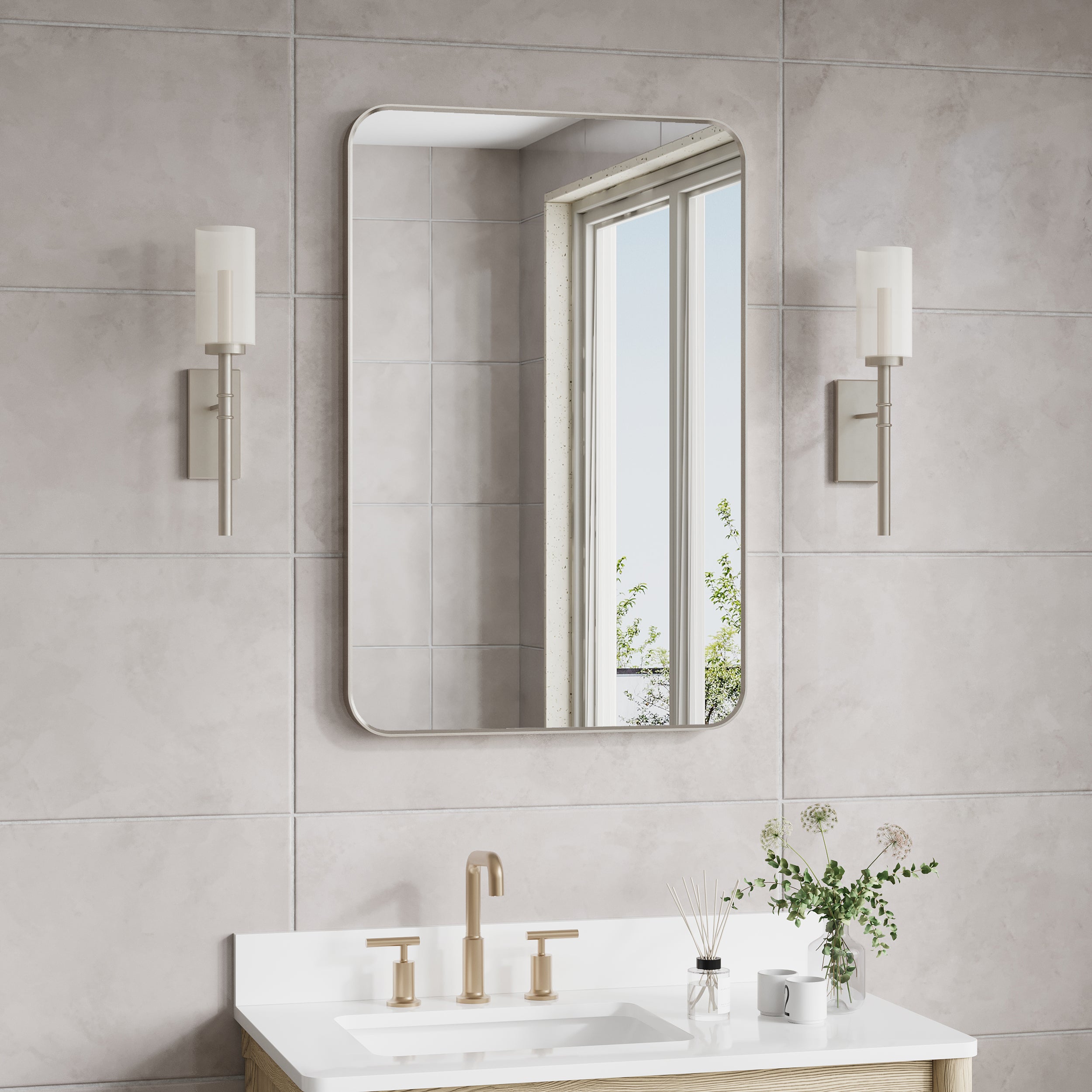
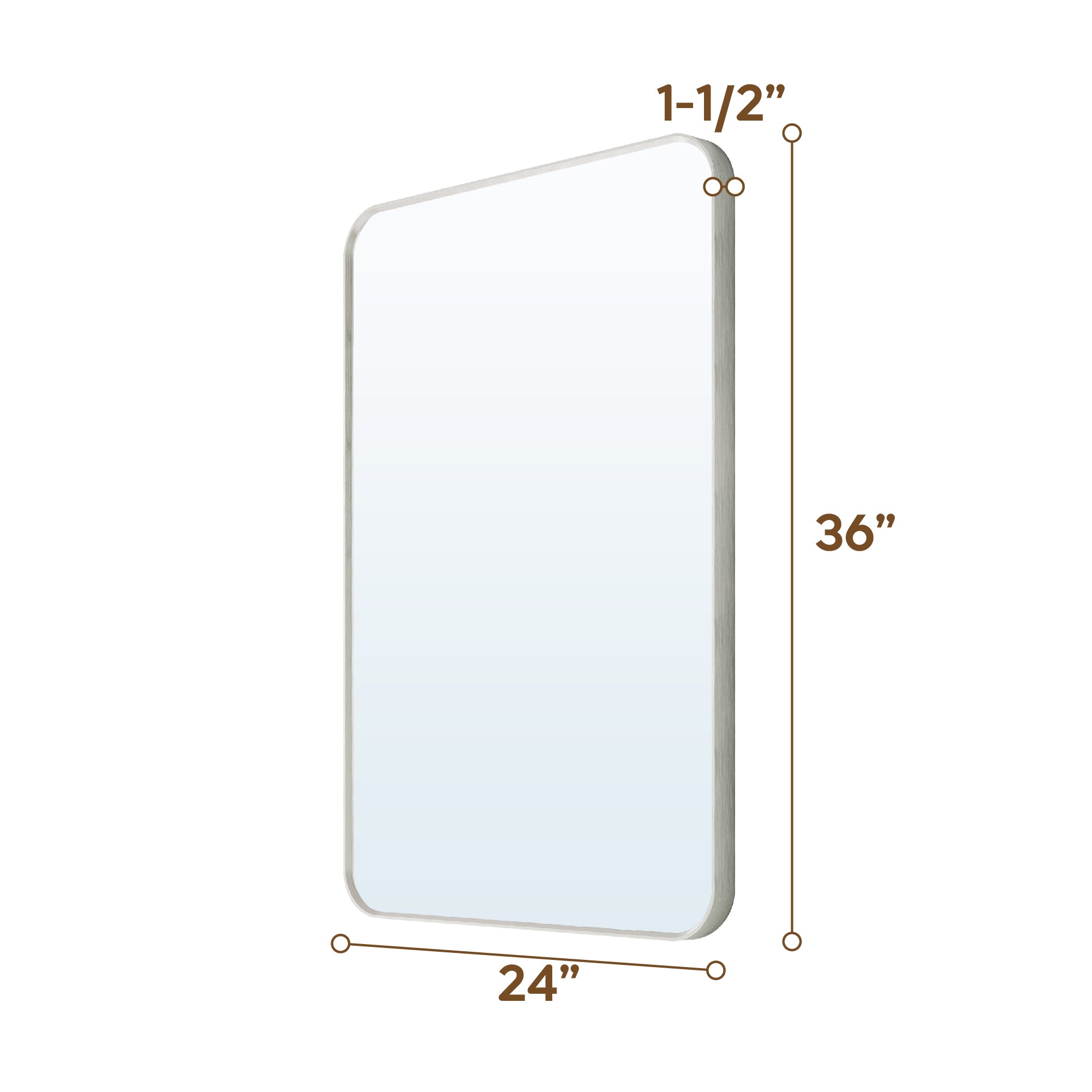
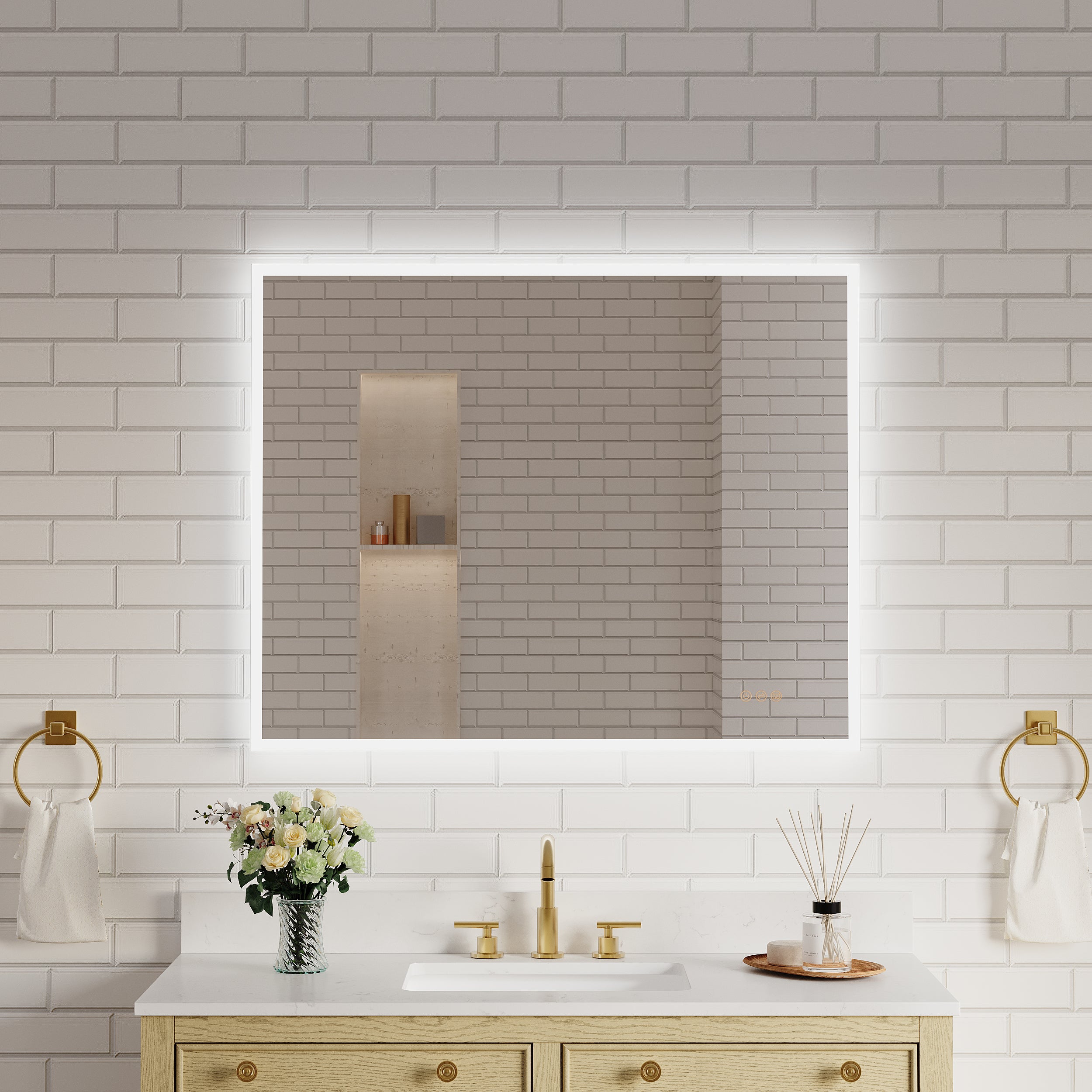
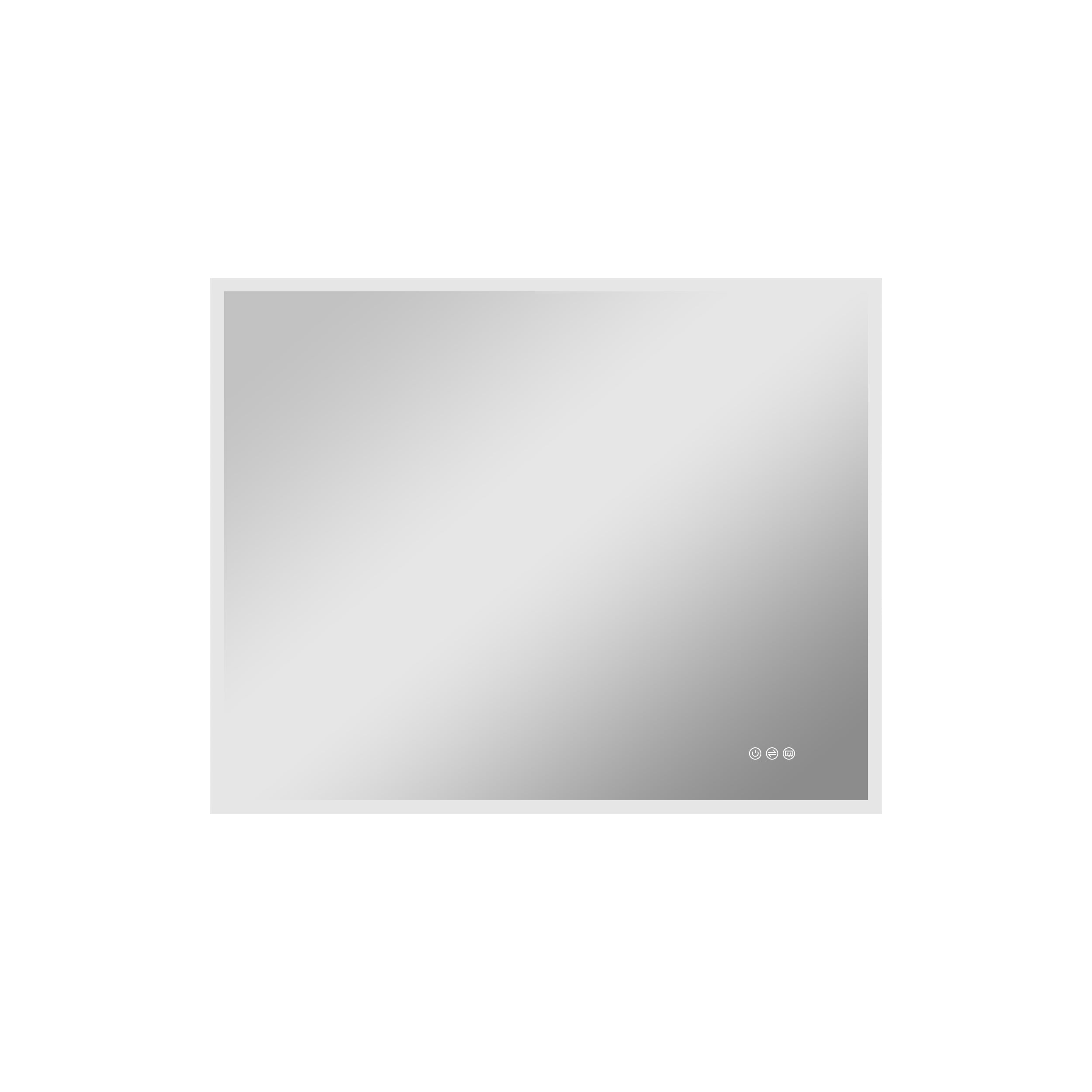
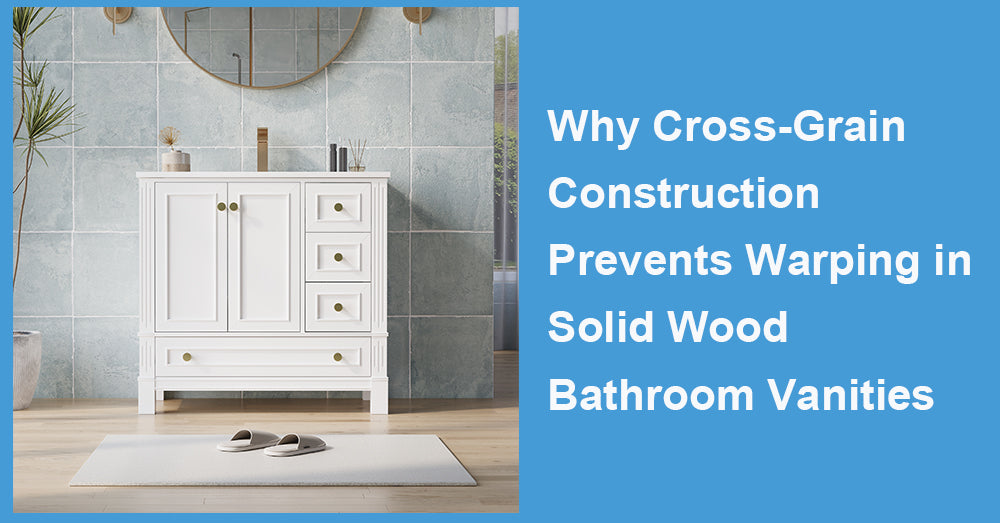
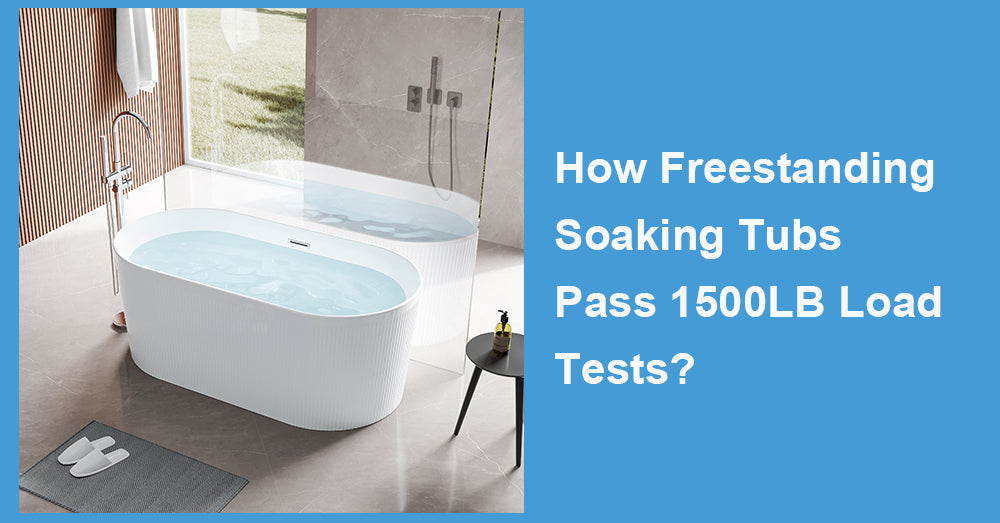
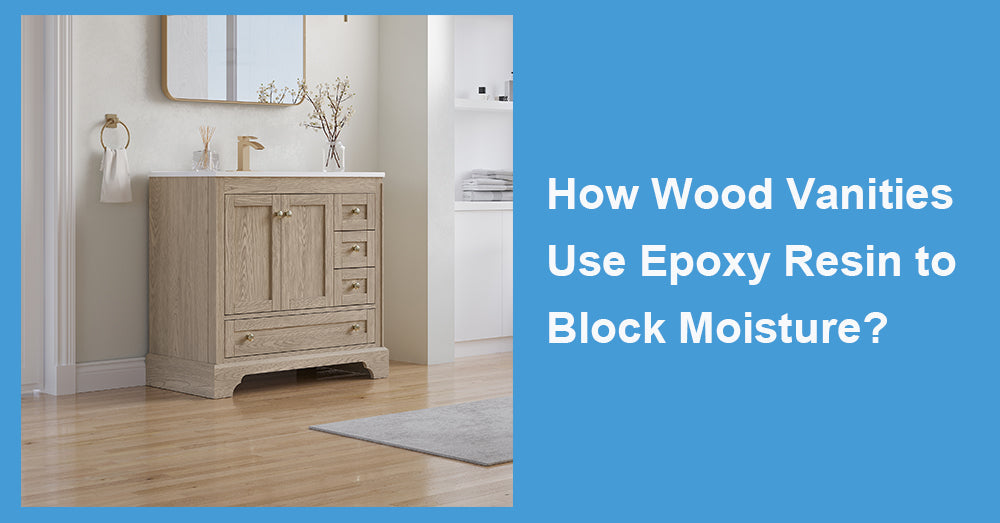
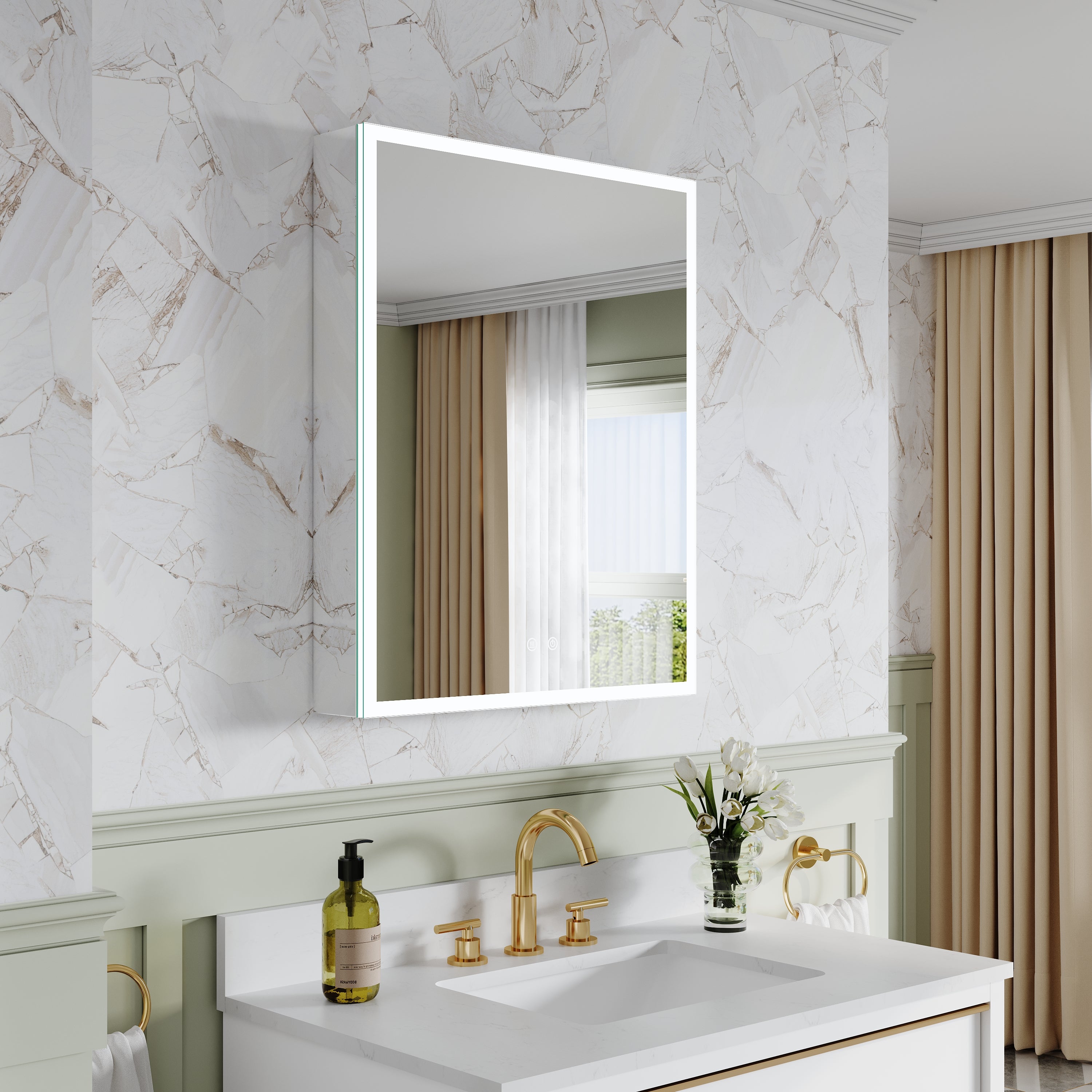
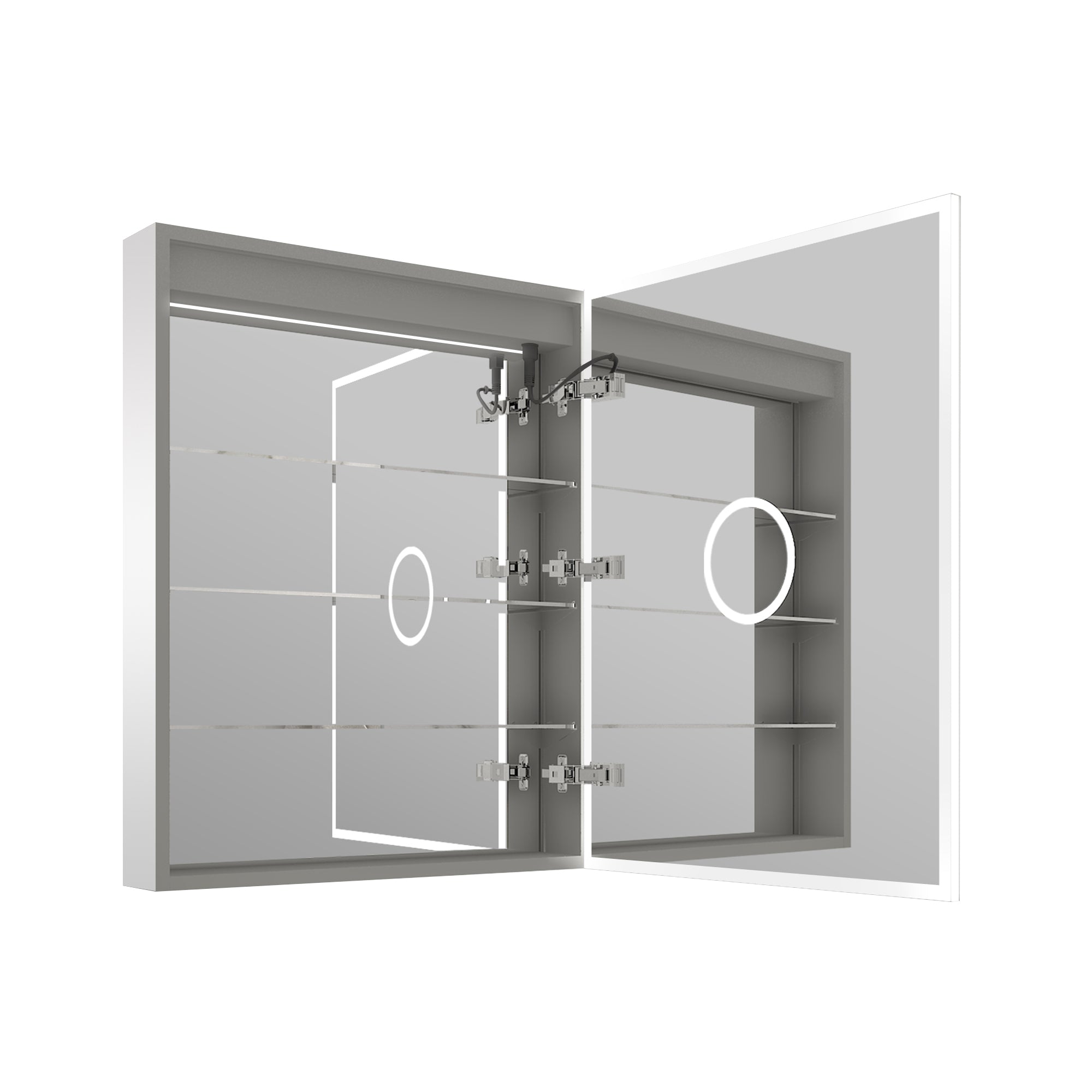
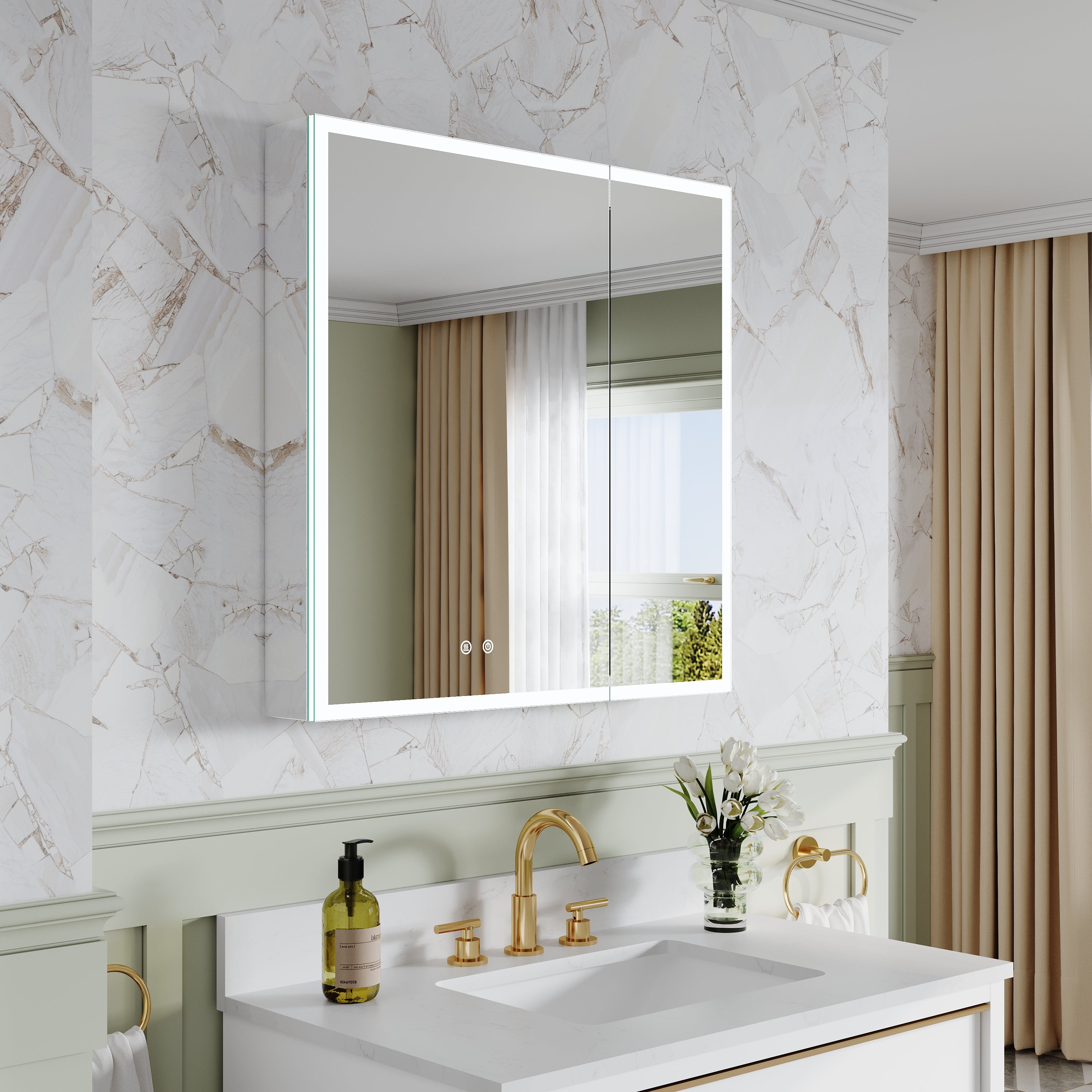
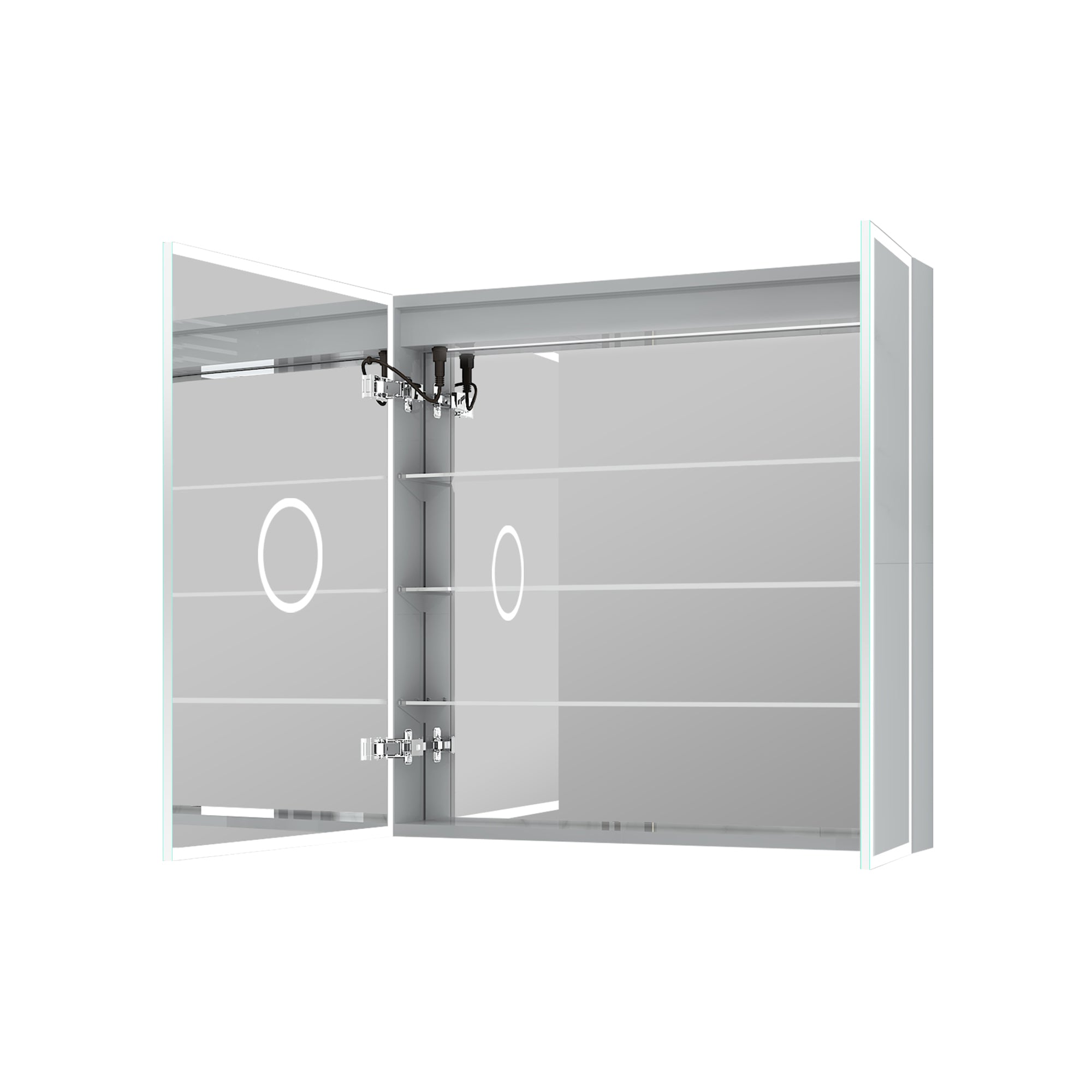
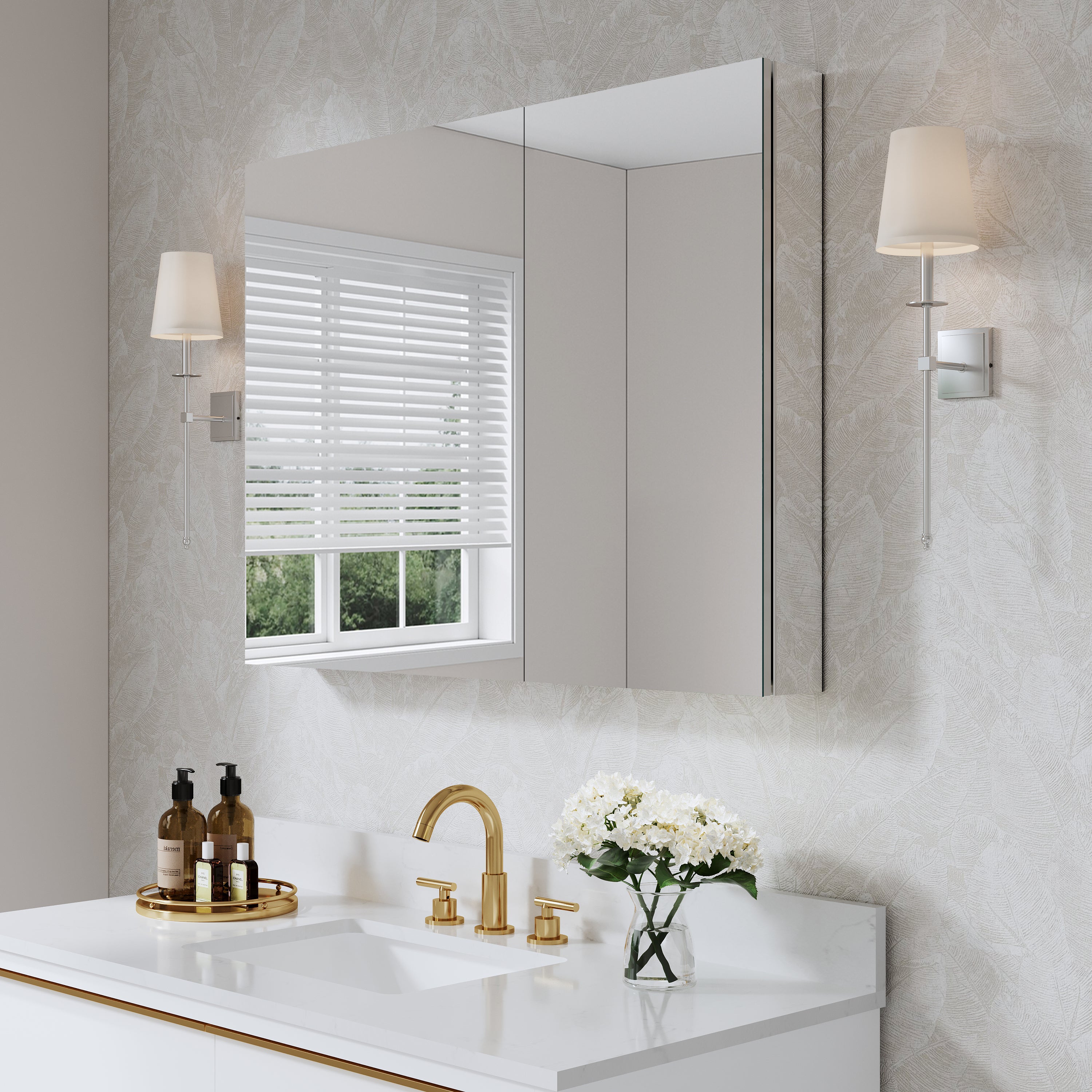

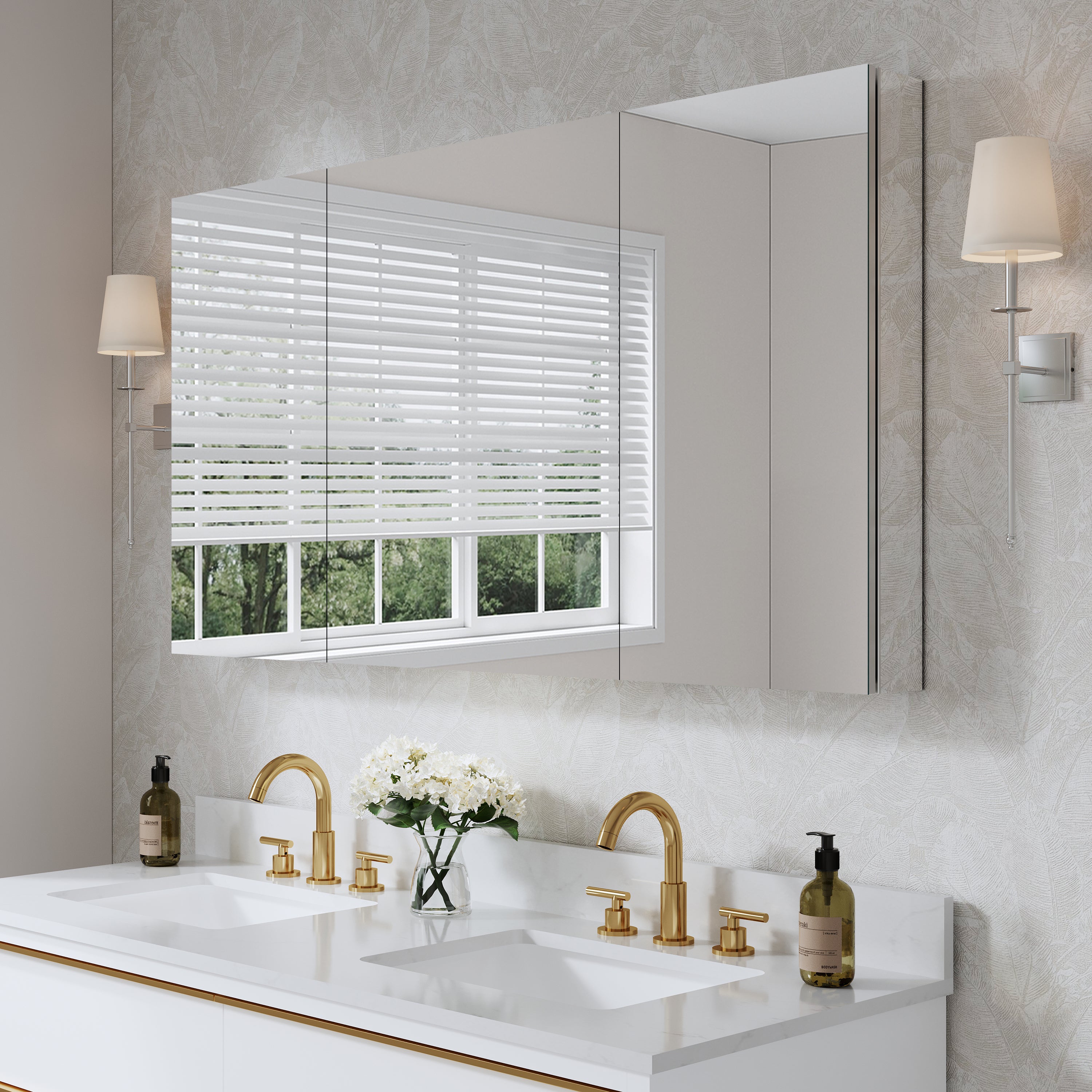

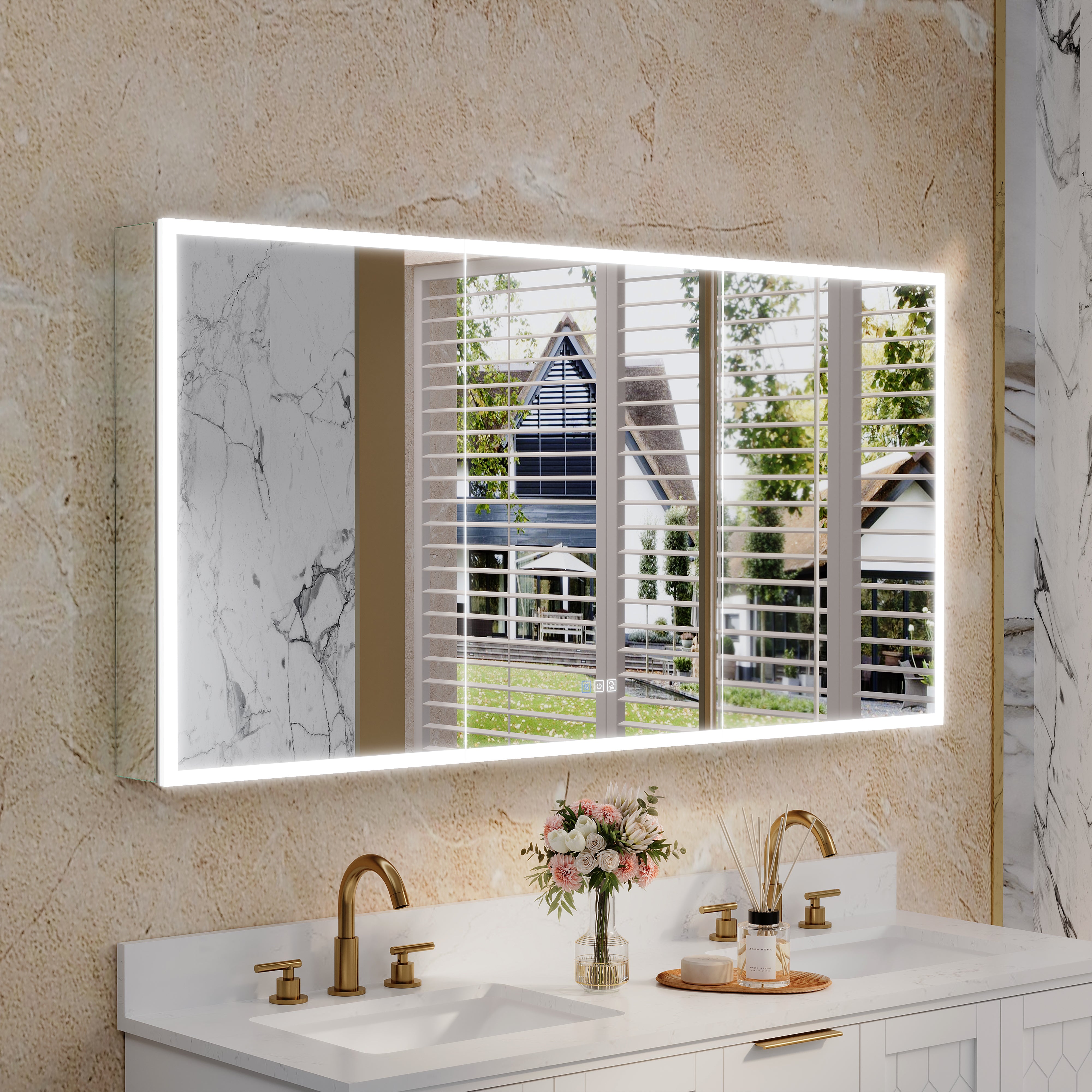
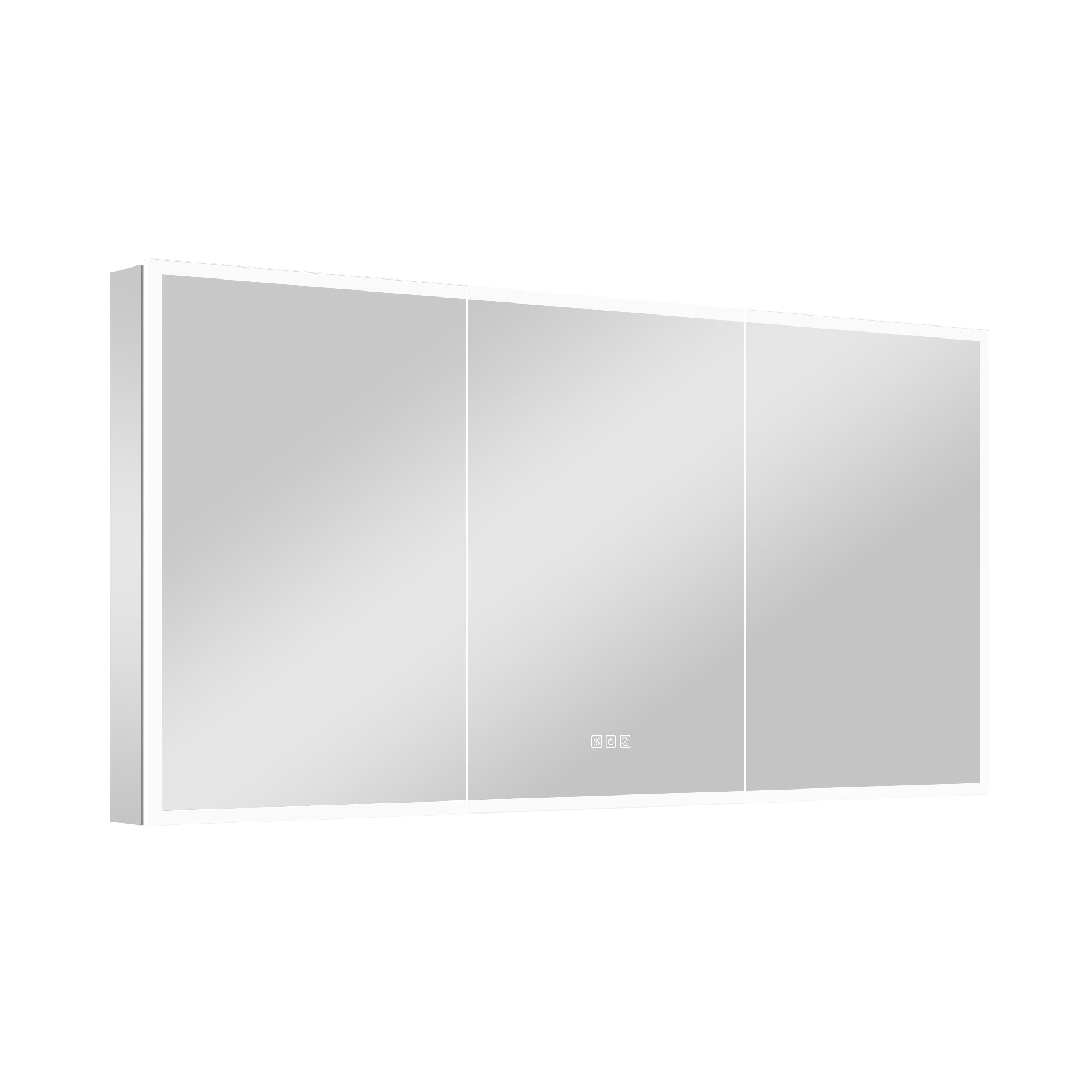
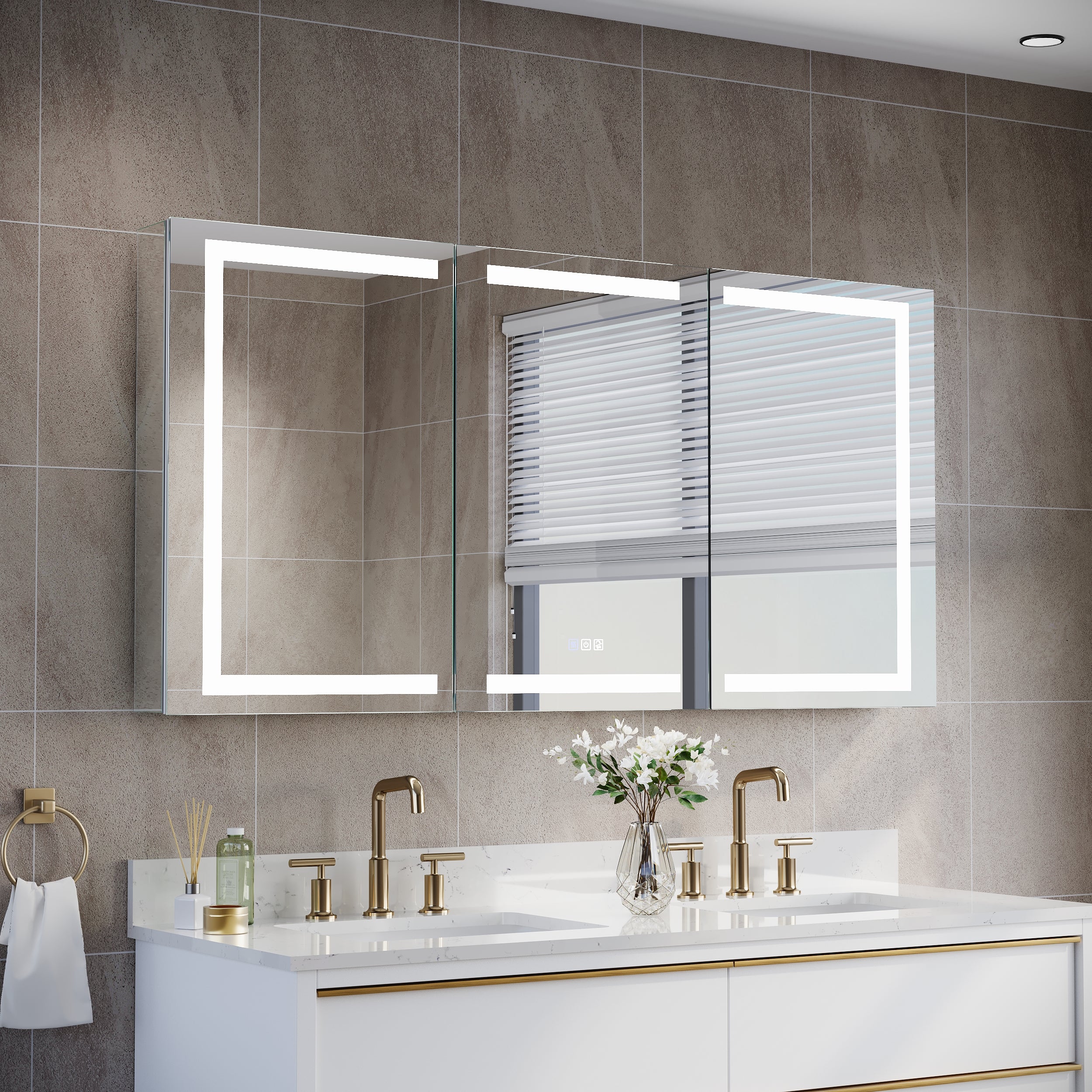


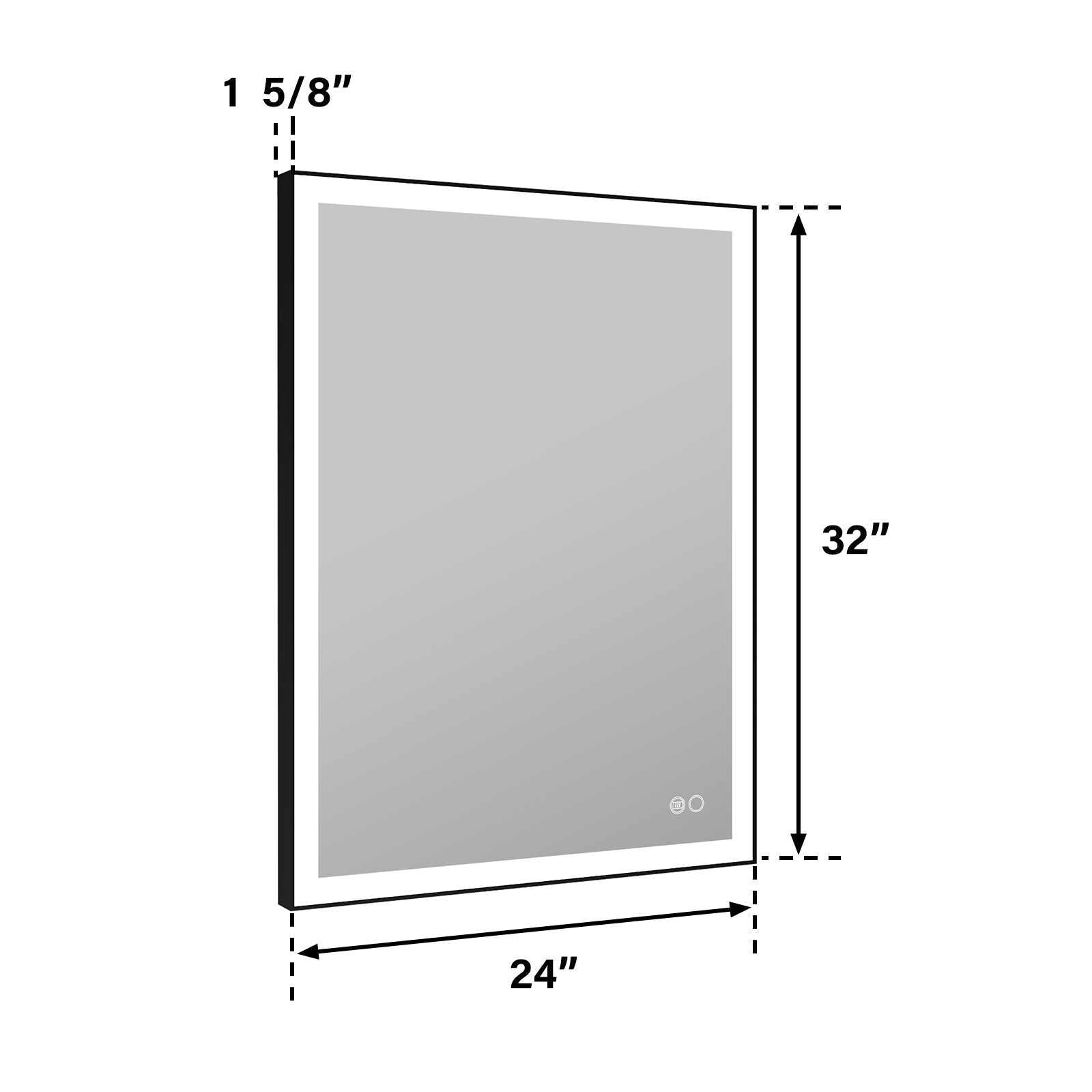
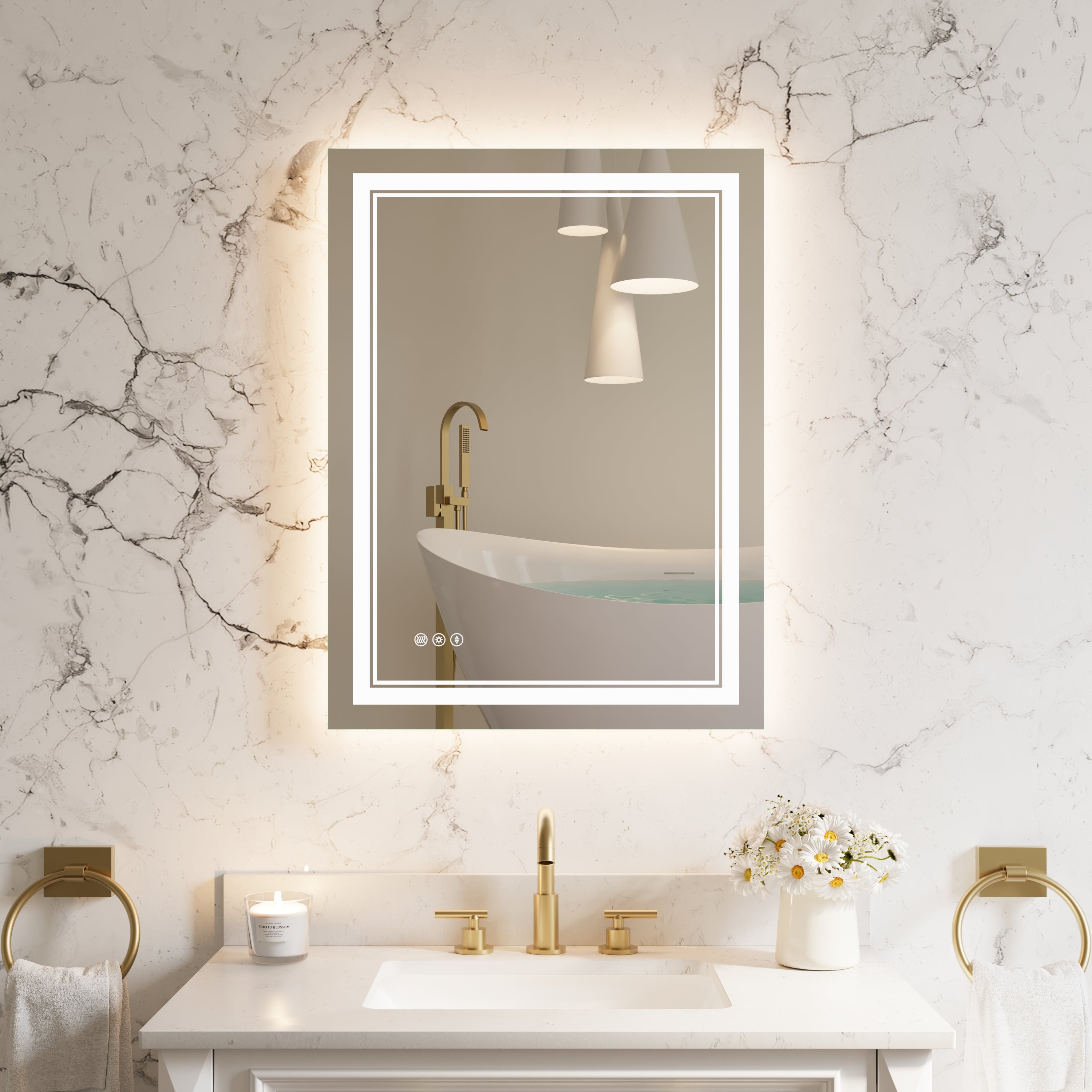
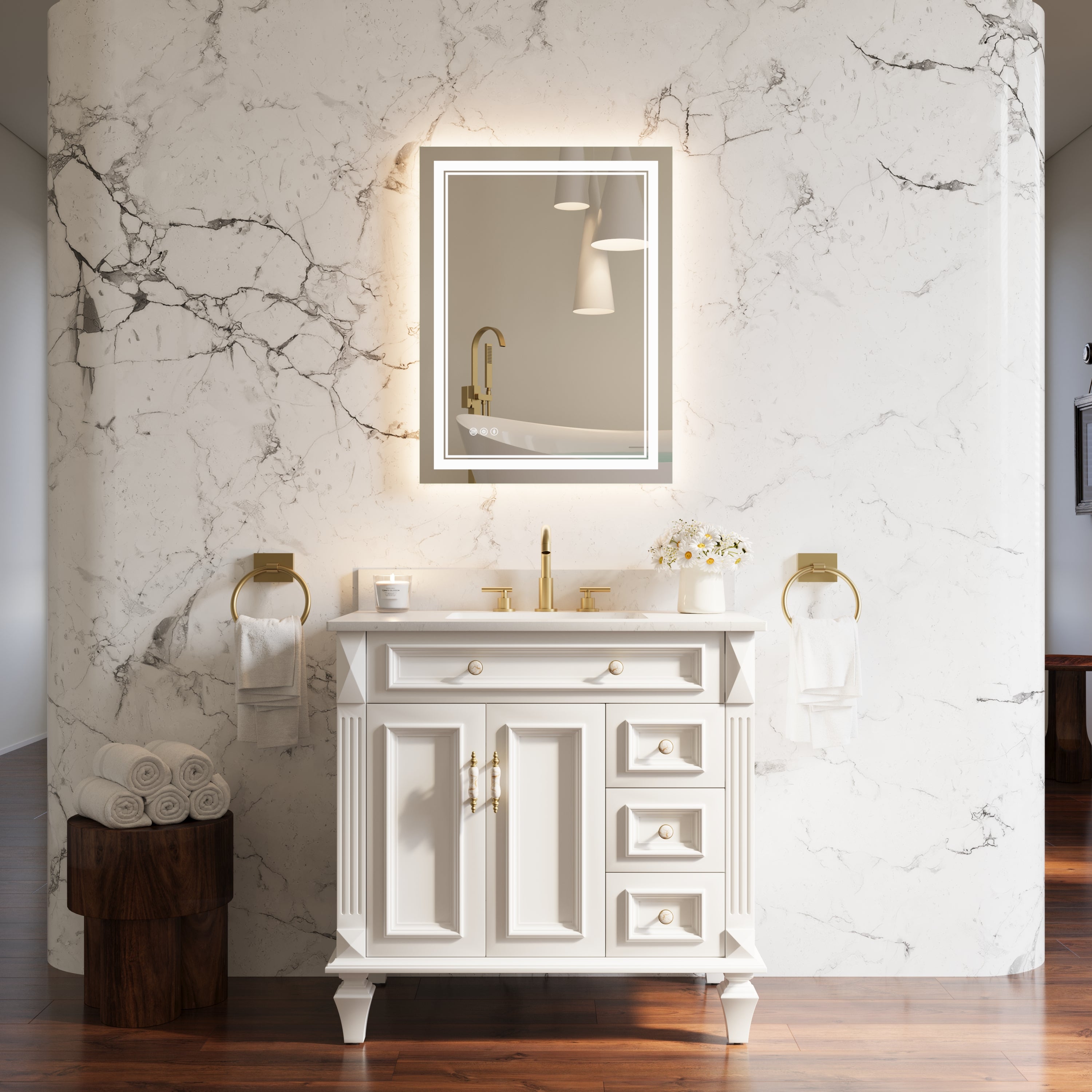
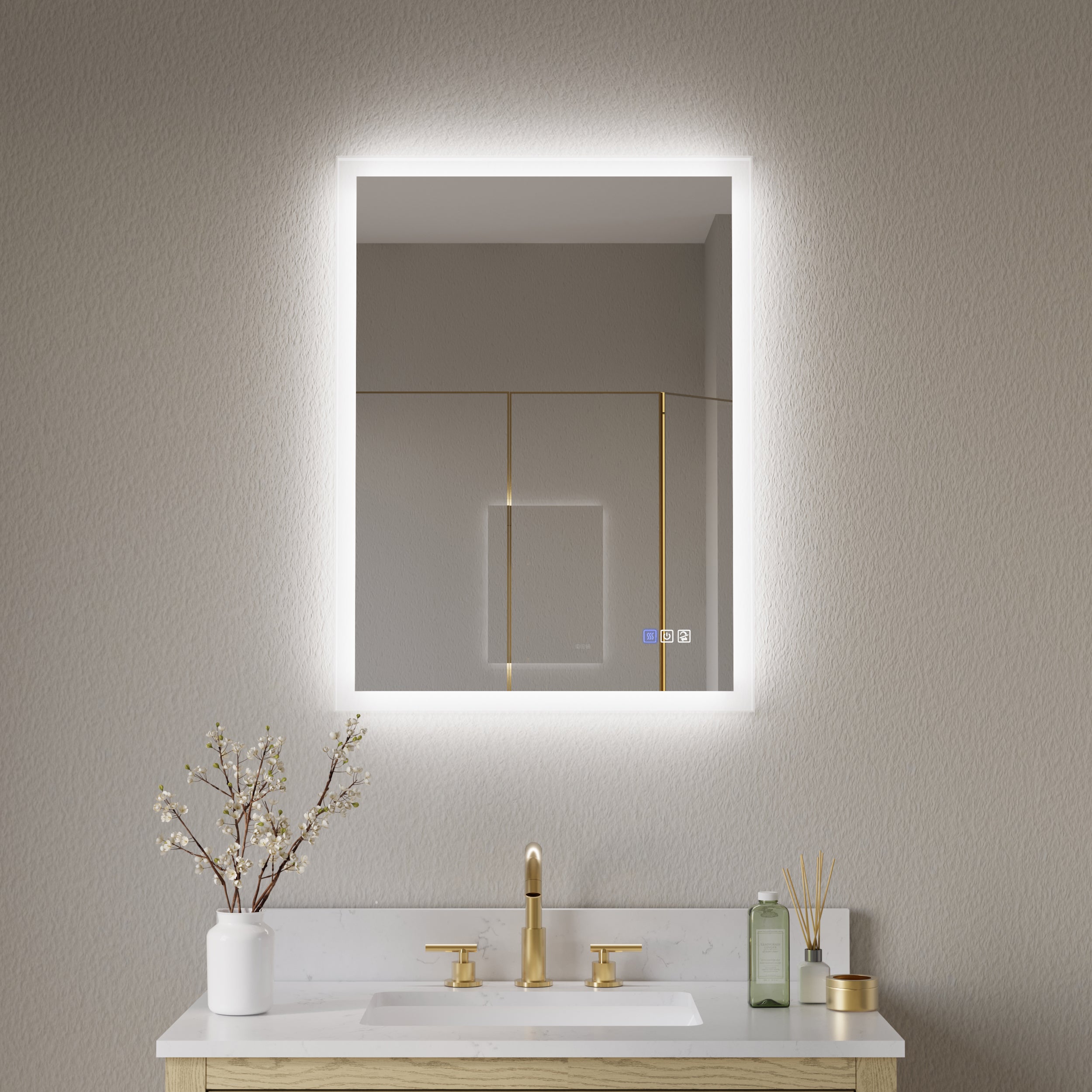

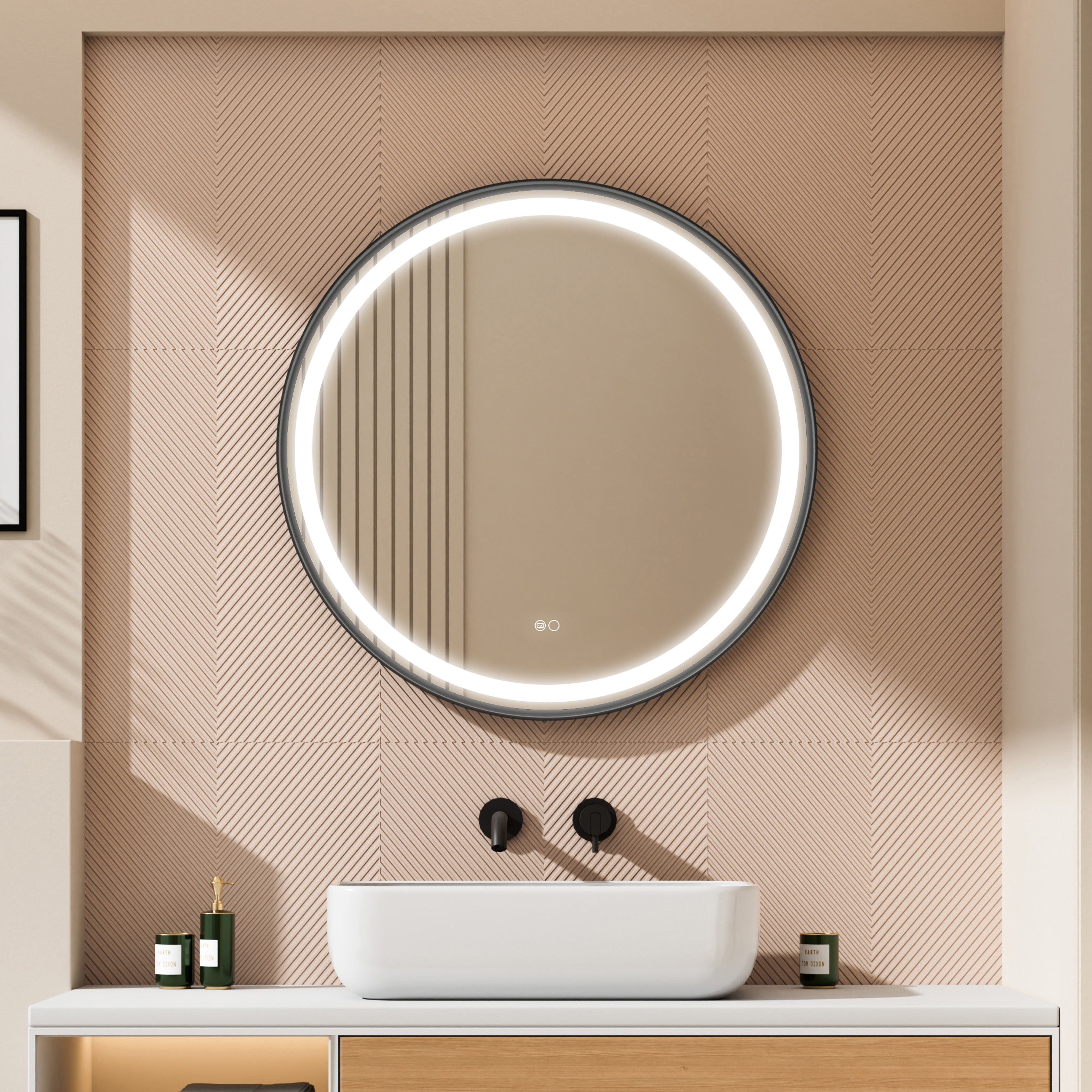



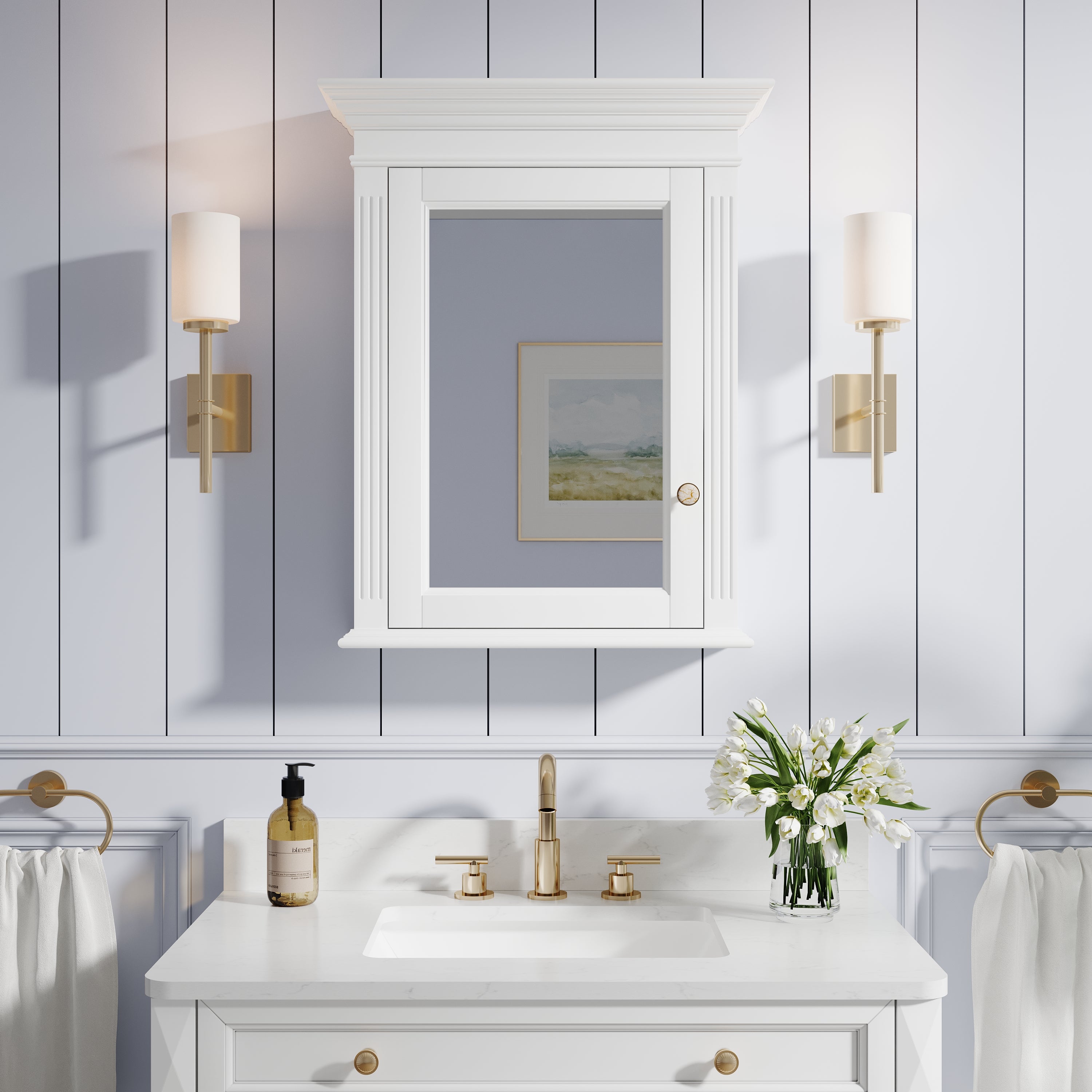

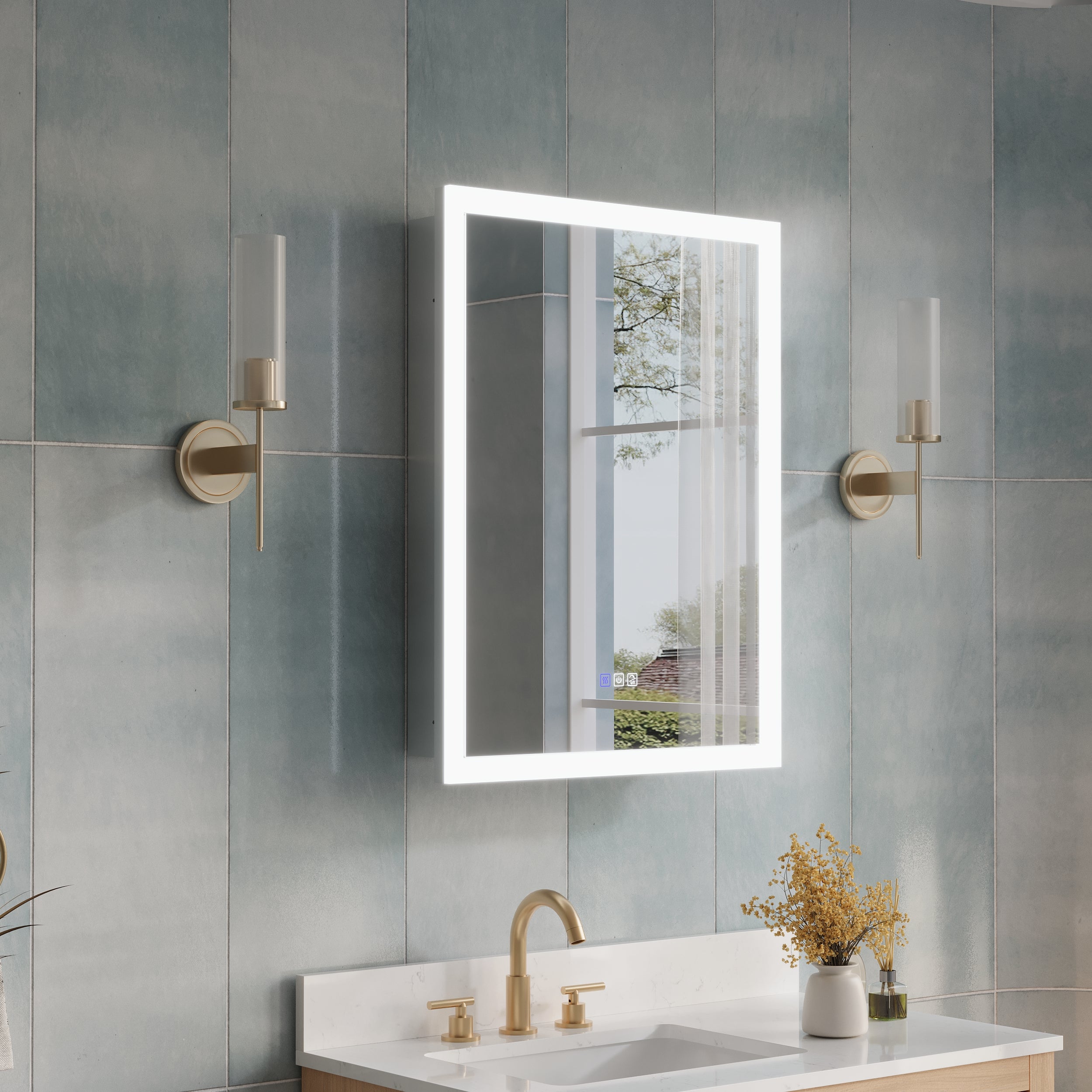

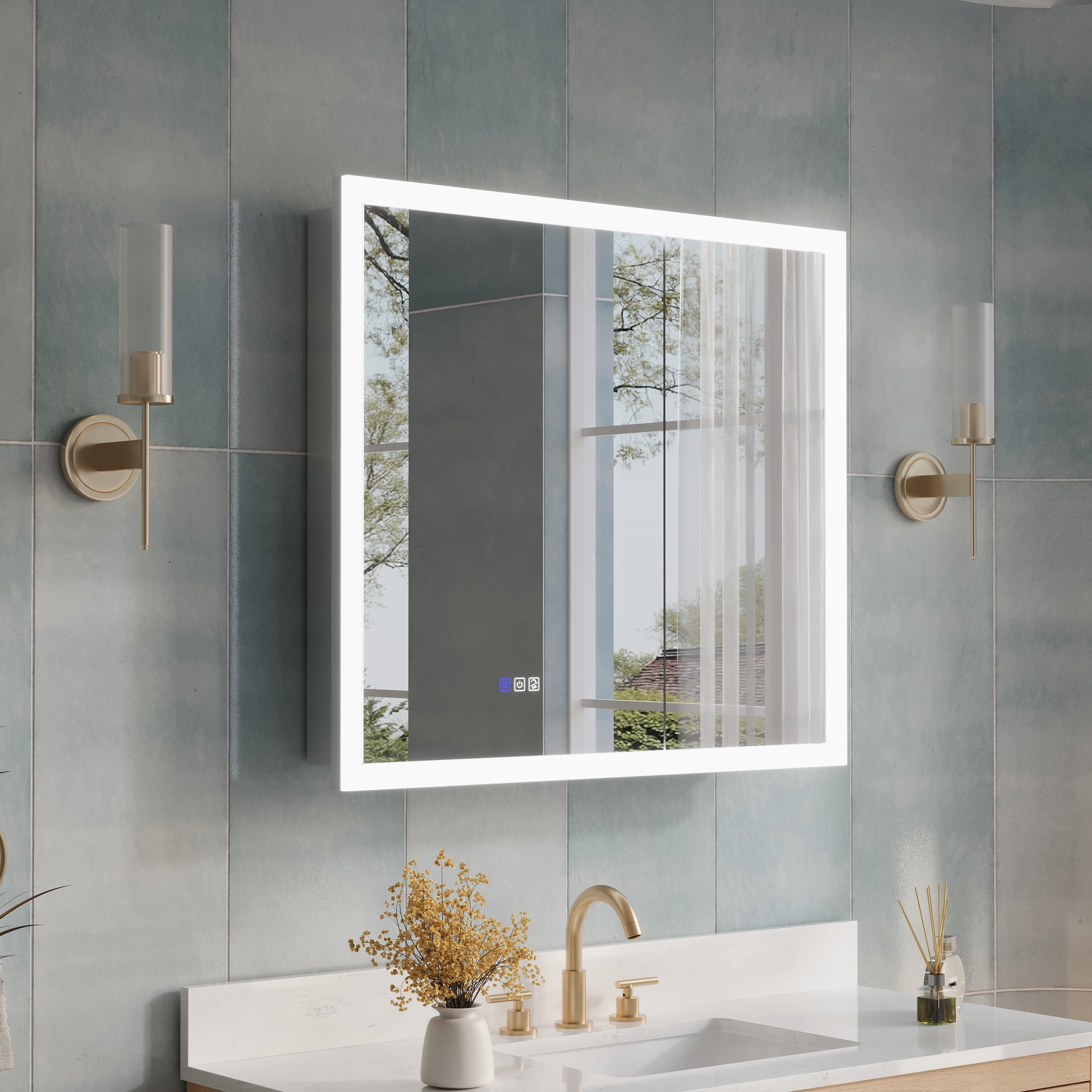



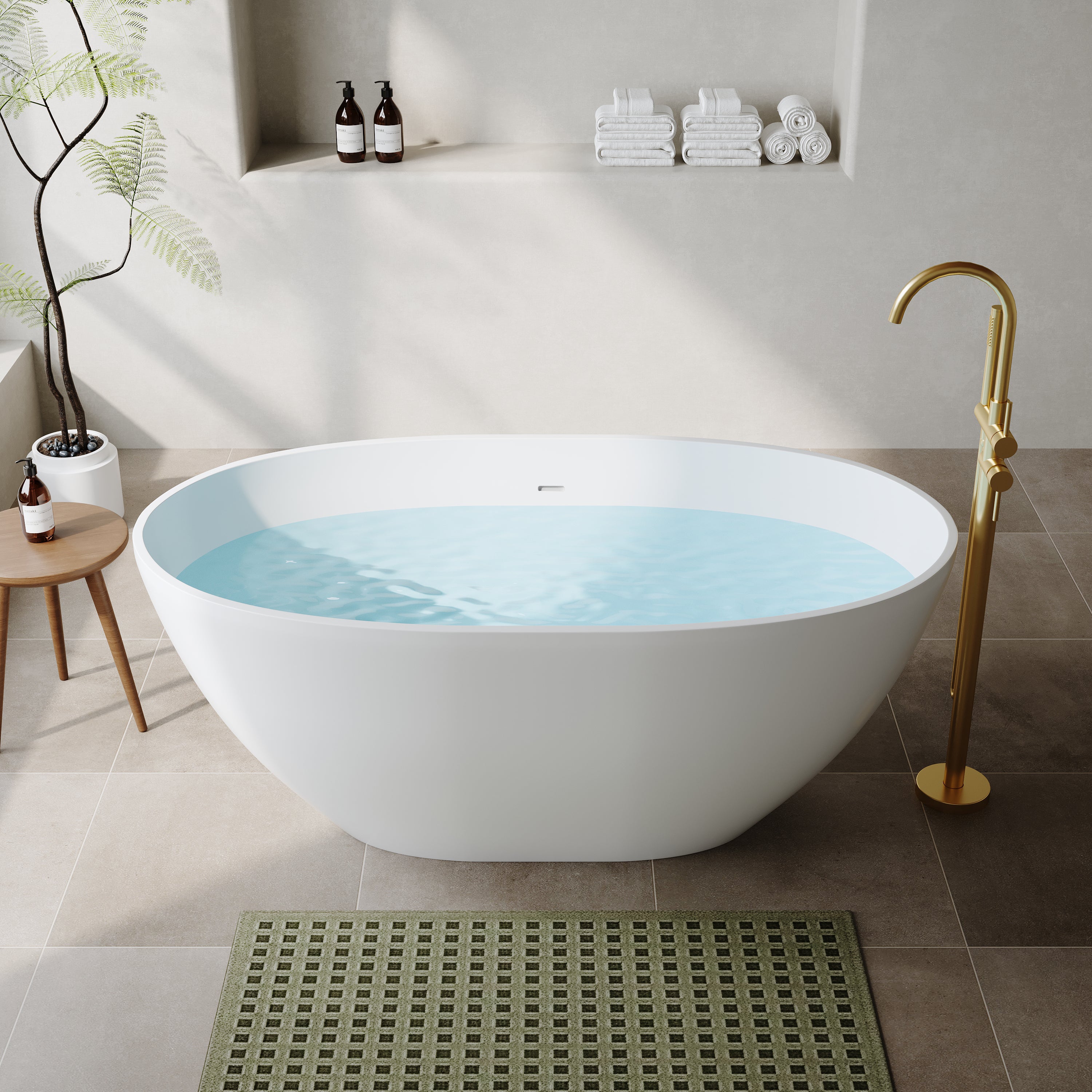
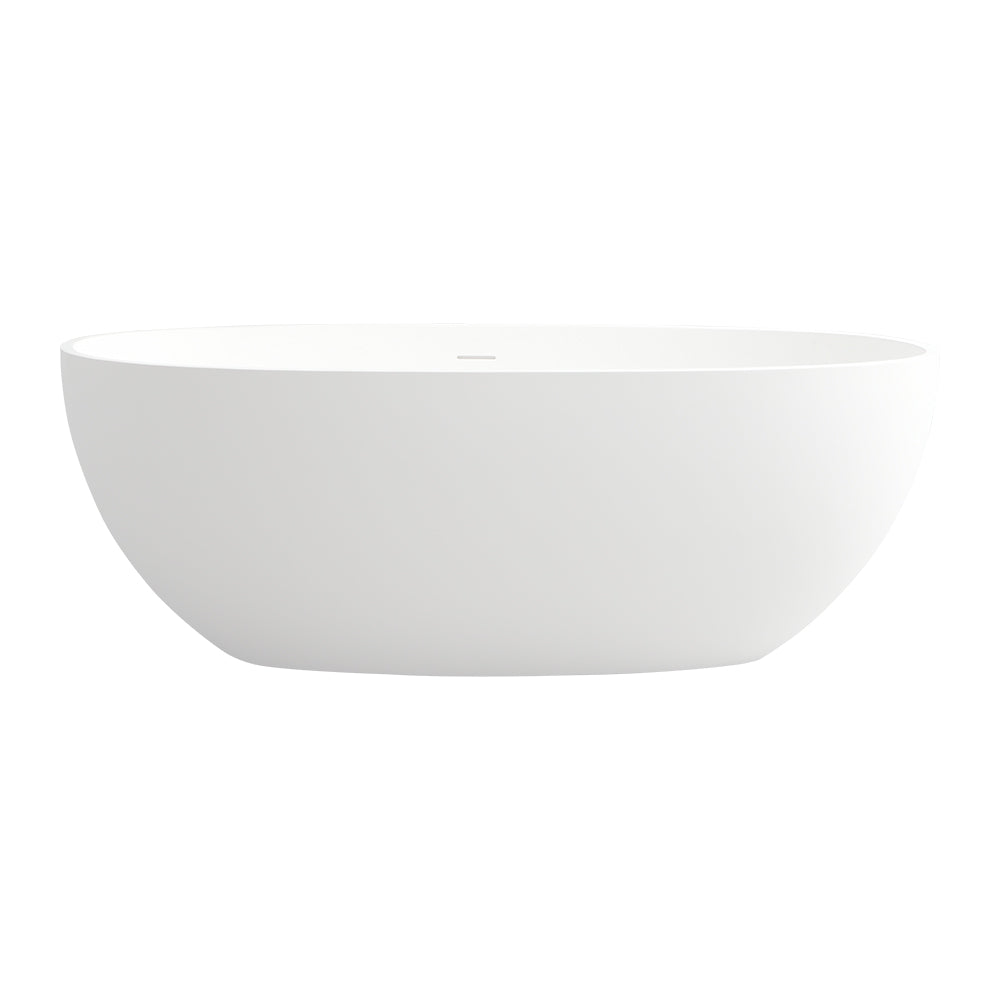
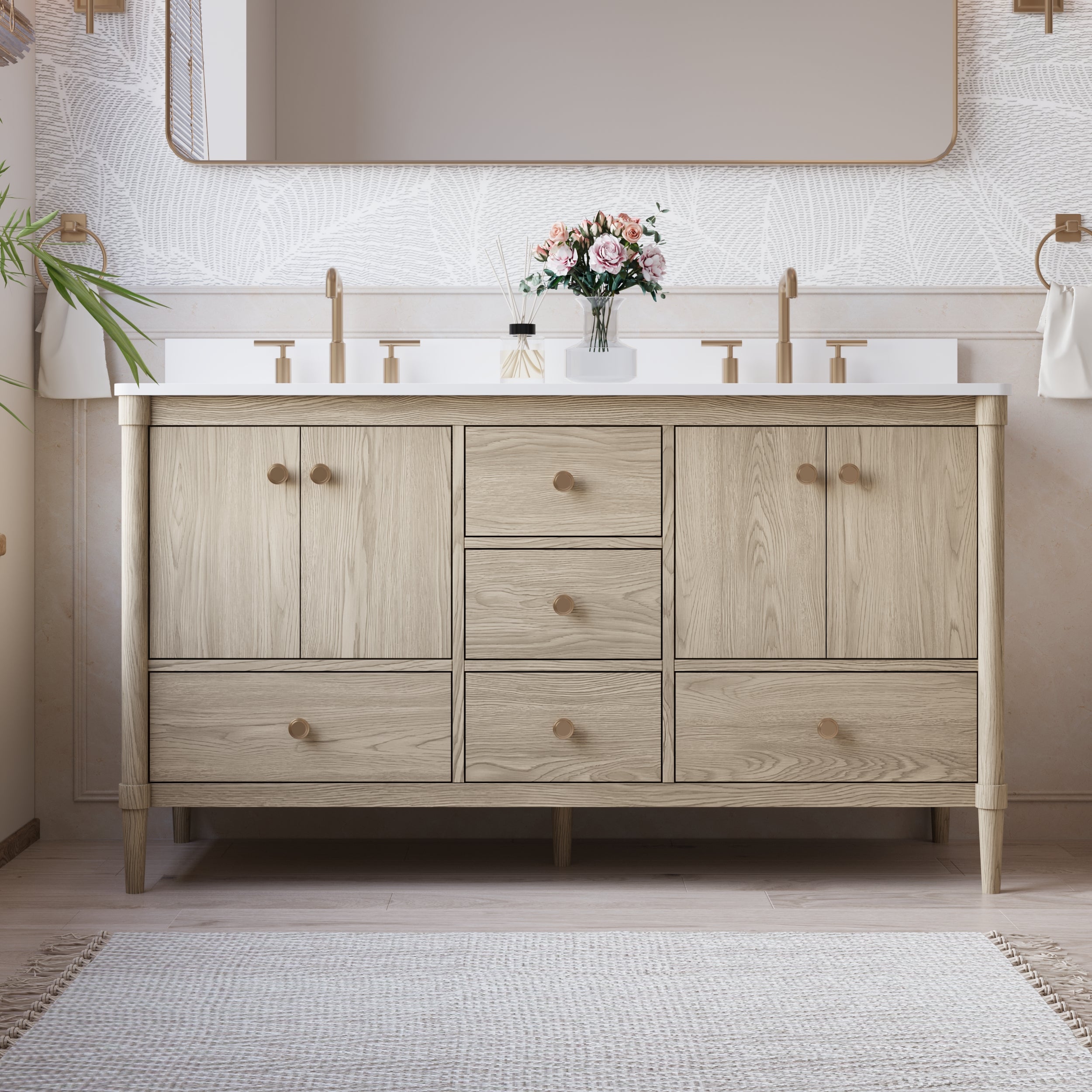
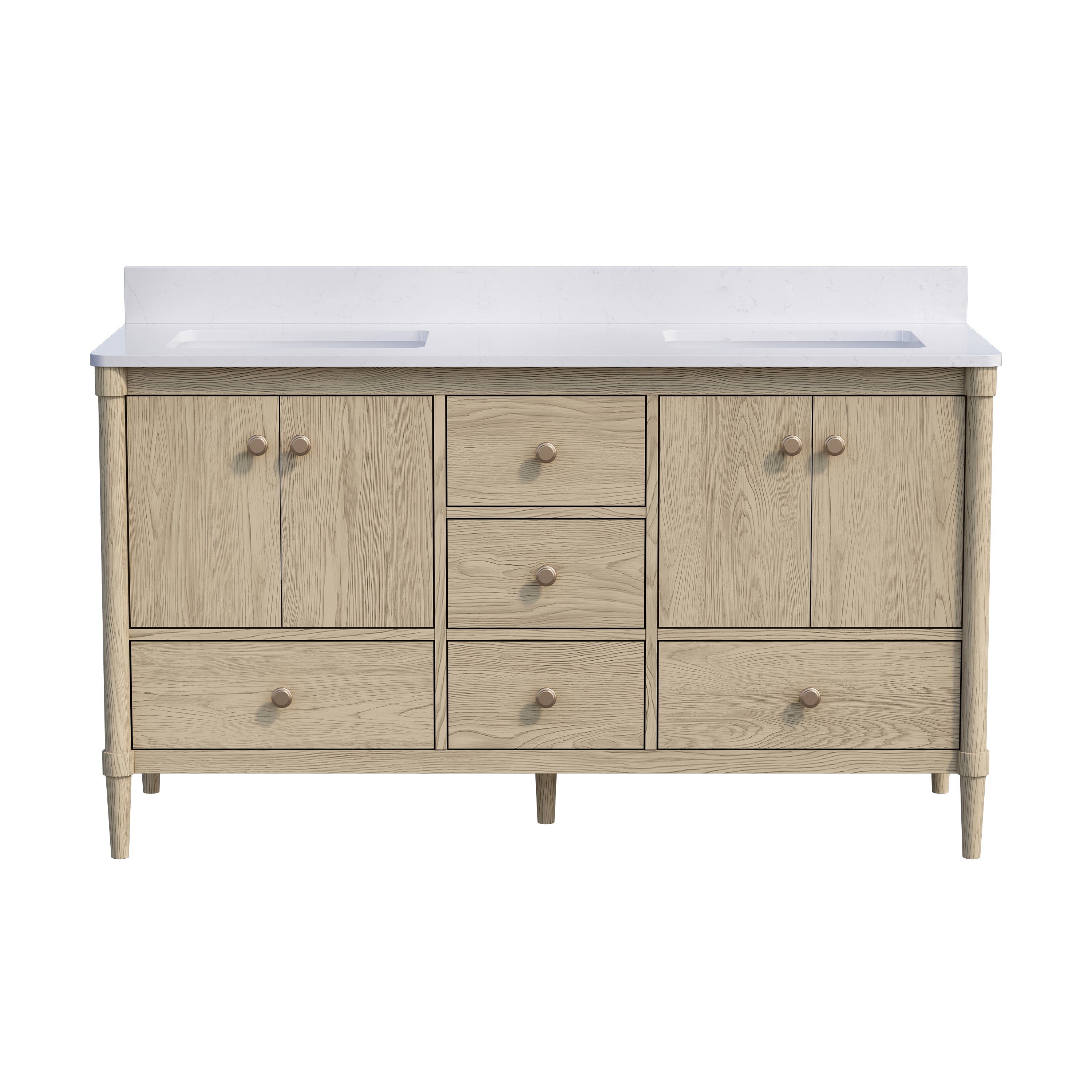
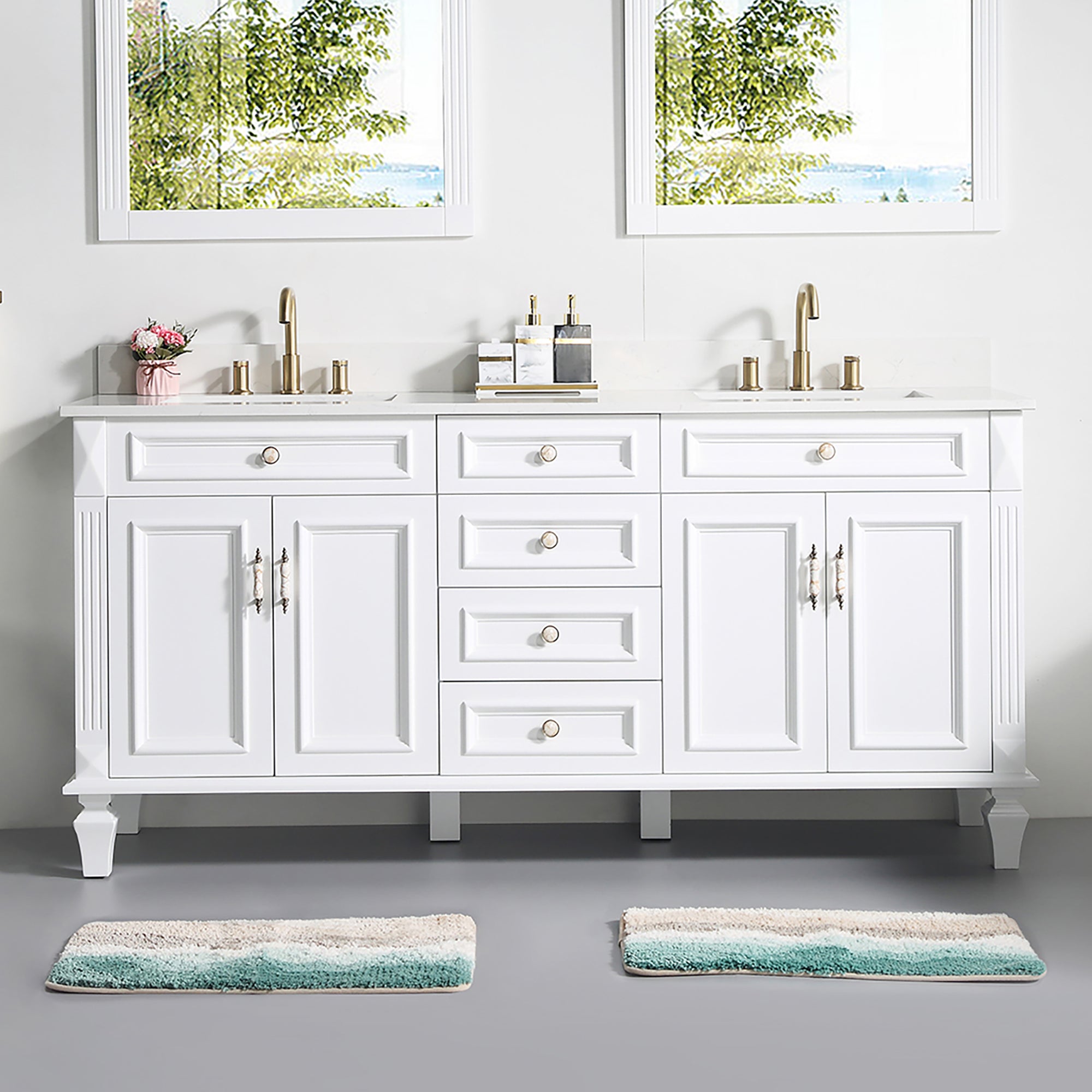
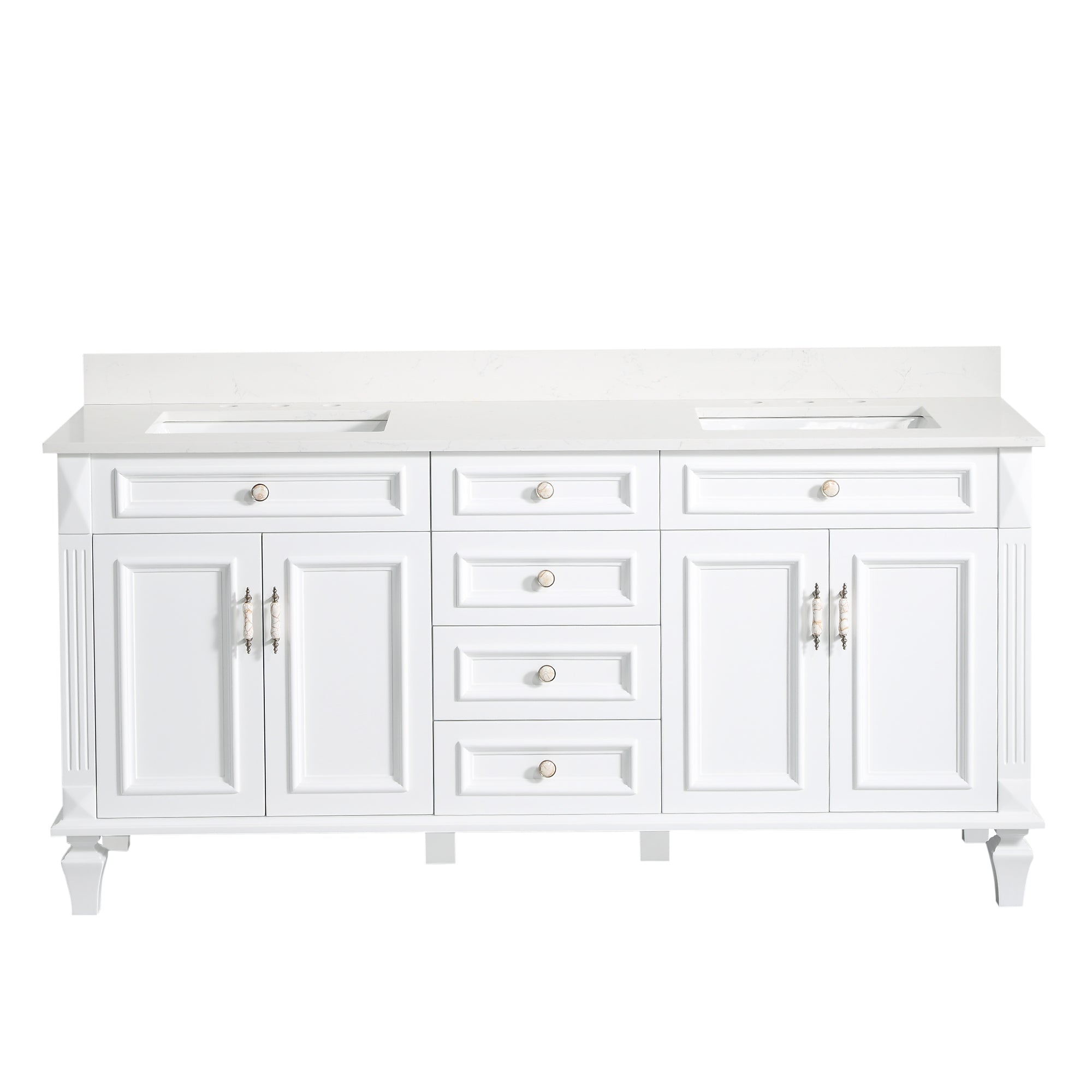
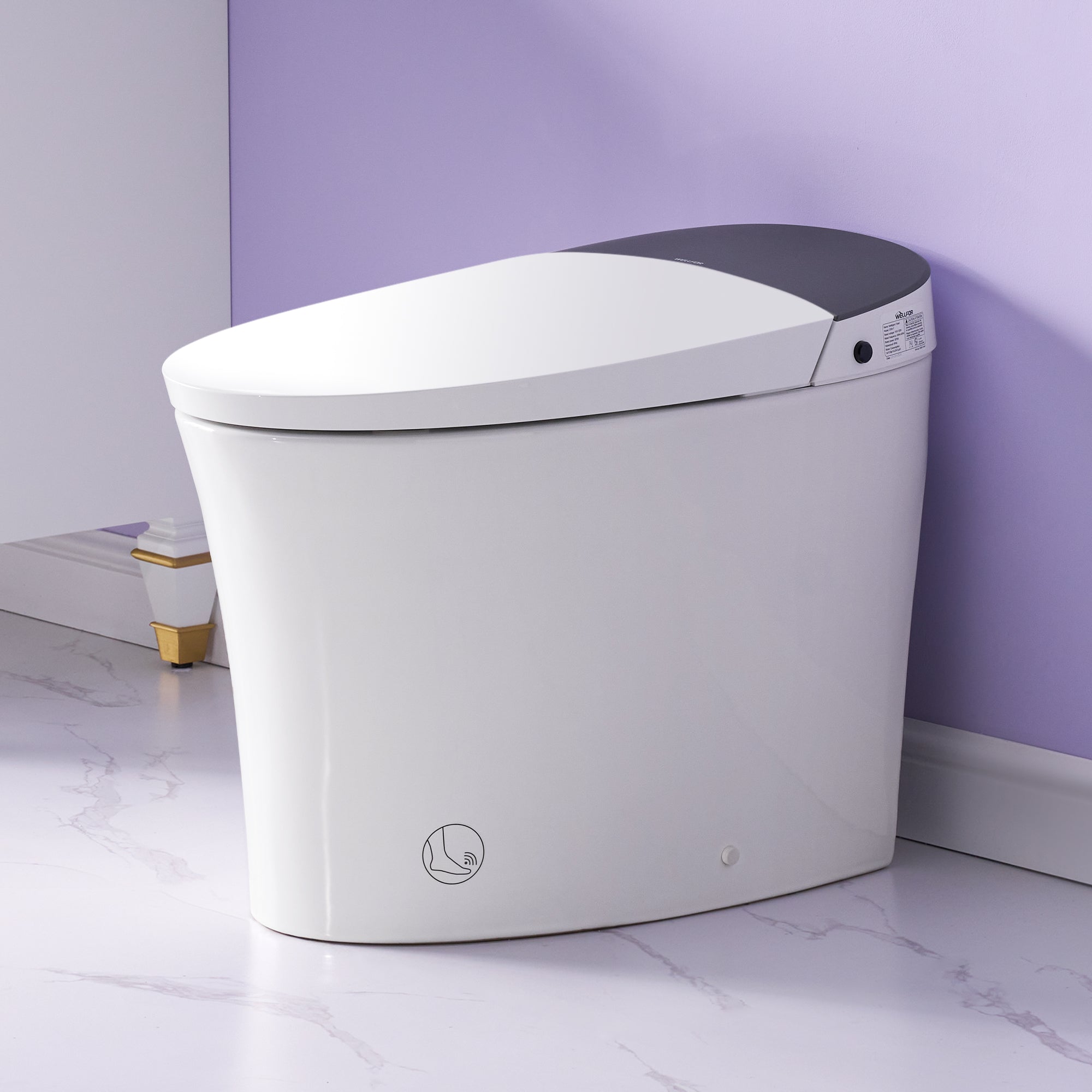
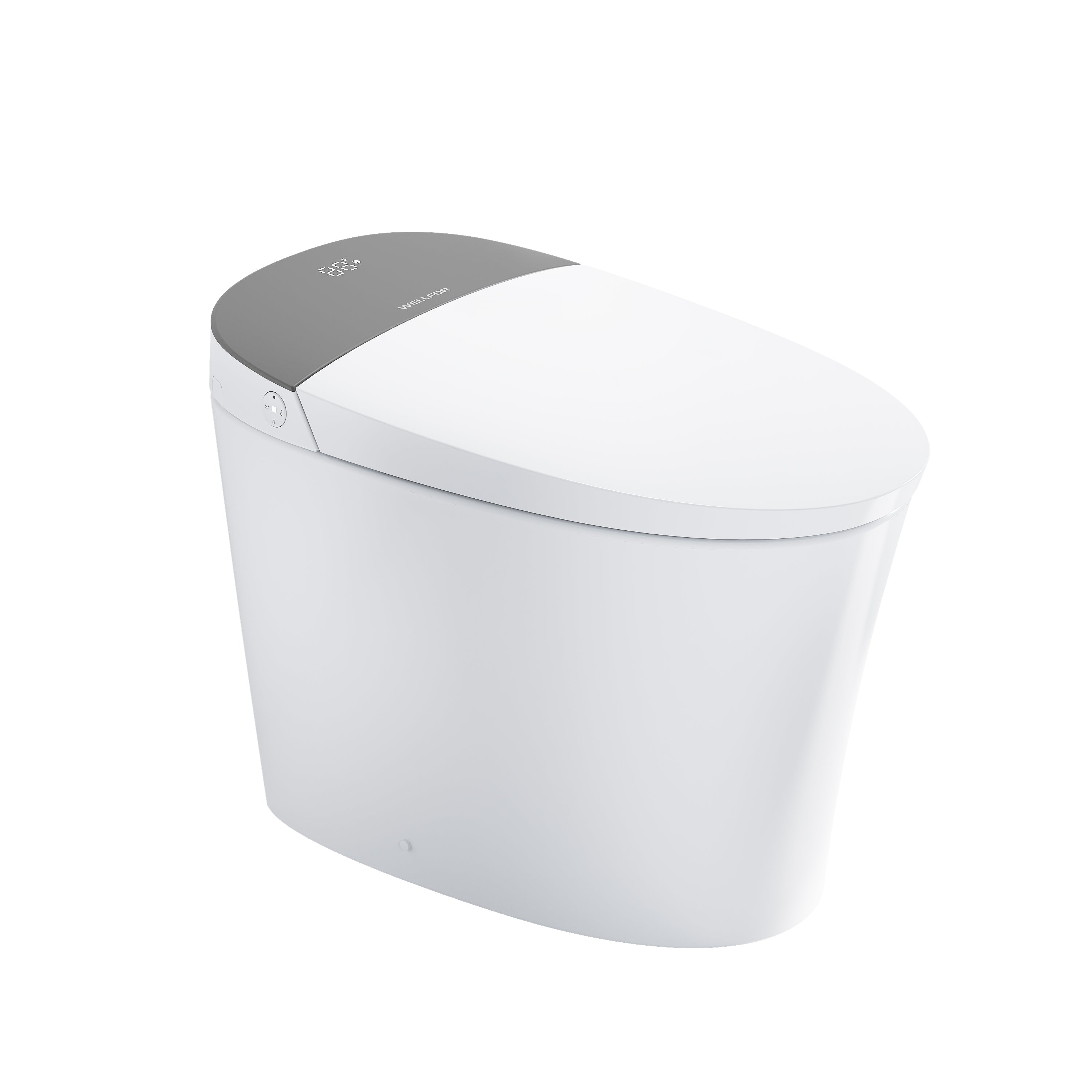
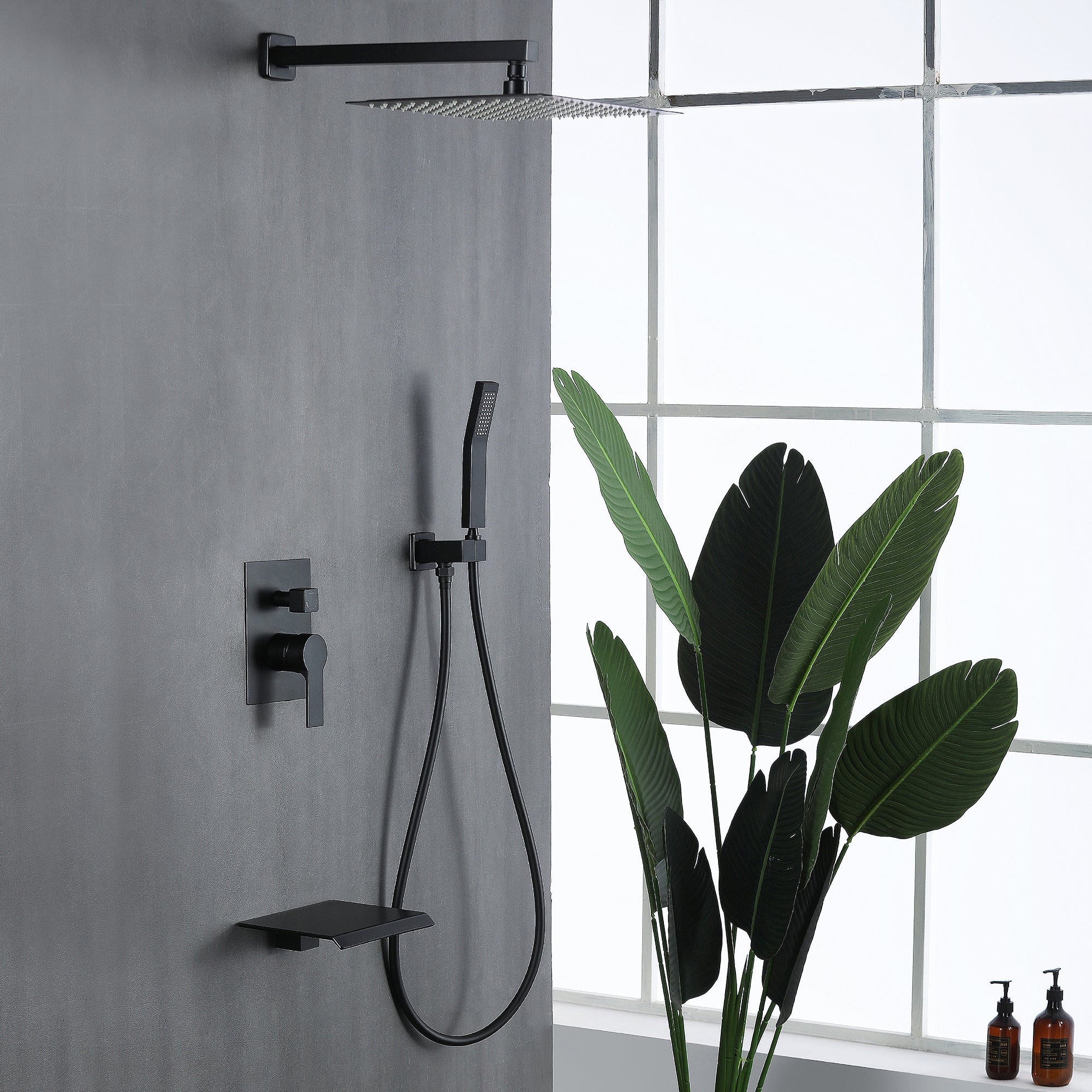
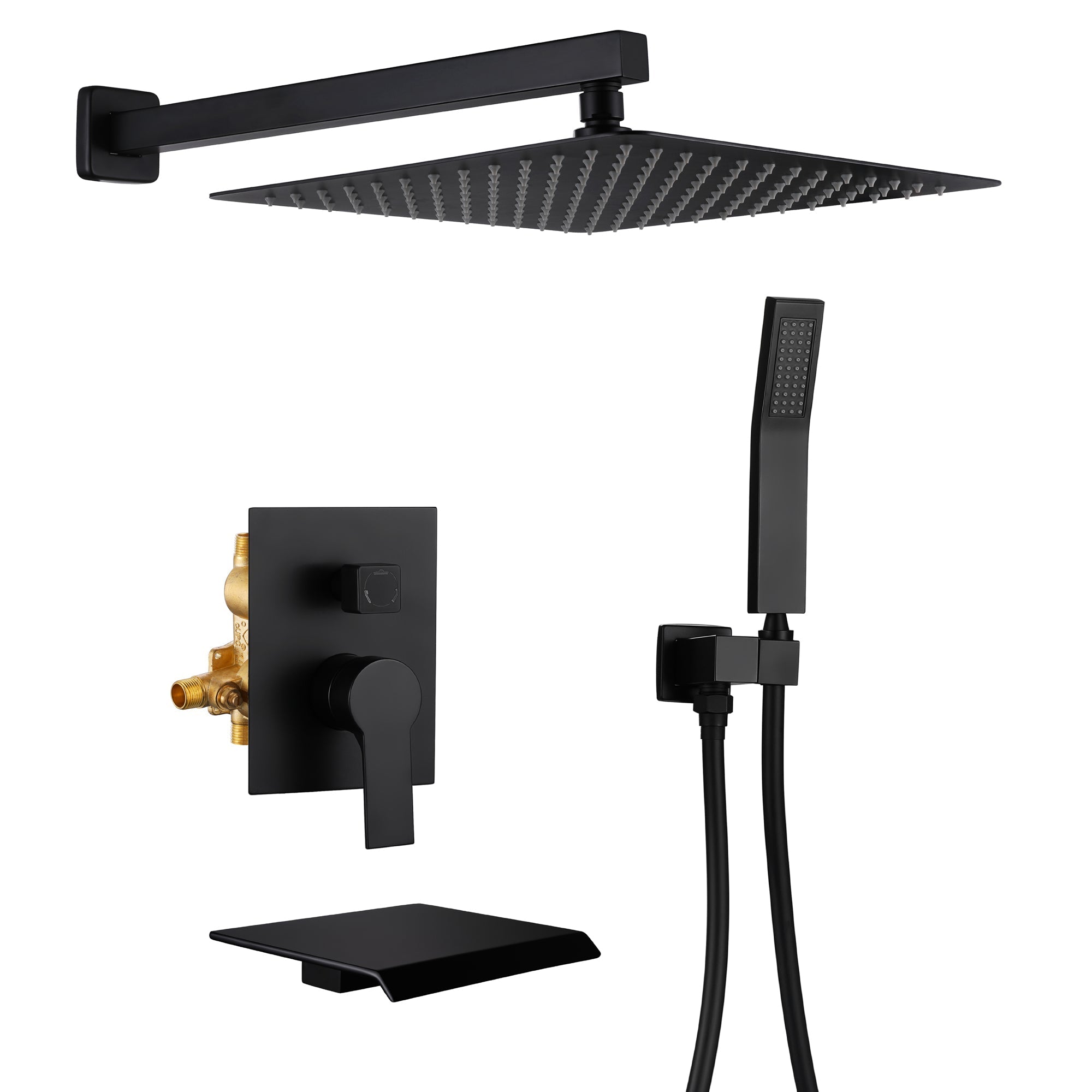
Leave a comment
This site is protected by hCaptcha and the hCaptcha Privacy Policy and Terms of Service apply.